The 1980s were a transformative decade for New York City. The city was a place of extremes, where wealth and poverty, glamour and grit, coexisted on the same streets. For street photographer Robert Herman, these contrasts provided endless material for his work. Armed with a camera and a keen eye for detail, Herman roamed the city’s neighborhoods, capturing everyday moments that would later become iconic representations of a bygone era. His photographs, taken between 1978 and 2005, offer a raw and intimate look at New York during a time of significant change.
The Making of a Photographer
Robert Herman’s journey as a street photographer began in the late 1970s, while he was a film student at New York University (NYU). Living in Little Italy, Herman found himself surrounded by vibrant street life, where every corner seemed to tell a story. It was during this time that he started to explore the city with his camera, using photography as a way to connect with the world around him.
Herman has described himself as a “vulnerable person,” someone who experienced the world with a heightened sensitivity. For him, photography became a way to bridge the gap between himself and the bustling, often overwhelming city. It allowed him to engage with his surroundings on his own terms, capturing moments that others might overlook. “Photography was my intermediary between me and the world,” he recalled in 2013. “I was trying to find peace wandering the city.”
Read more
This sense of vulnerability and introspection is evident in Herman’s work. His photographs are deeply personal reflections of the city as he experienced it. Herman’s work is characterized by an acute awareness of the small, often unnoticed details that make up the fabric of city life. Whether it’s the expression on a passerby’s face, the play of light on a building, or the interaction between strangers, Herman’s photographs capture the essence of New York in a way that feels both timeless and immediate.
One of the defining features of Herman’s work is his use of Kodachrome film. Known for its rich, vibrant colors and fine grain, Kodachrome was the film of choice for many photographers during the latter half of the 20th century. For Herman, Kodachrome was more than just a medium; it was an essential part of his artistic vision. The film’s unique color palette allowed him to capture the city with a depth and intensity that black-and-white photography could not provide.
Herman’s use of color was inspired by the works of photographers like Harry Callahan and Robert Frank, whose books he discovered during his time at NYU. Callahan’s exploration of color in everyday scenes and Frank’s ability to find beauty in the mundane had a profound impact on Herman’s approach to photography. “These images opened my mind to what a strong photograph could be,” Herman said. “Both of these photographers re-made the mundane, the ordinary and the everyday and transformed them into small and transcendent jewels.”


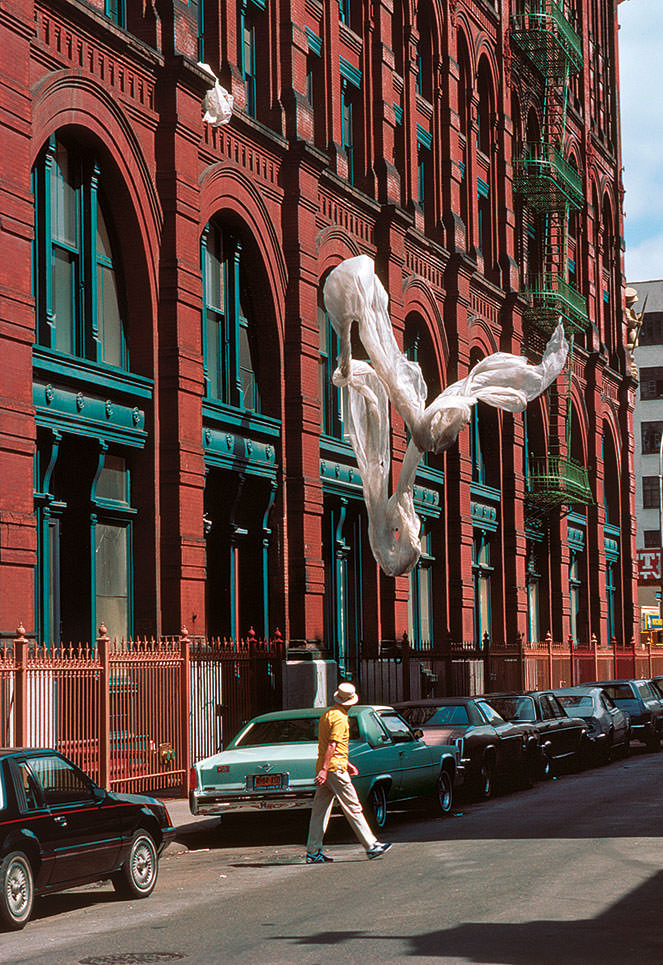
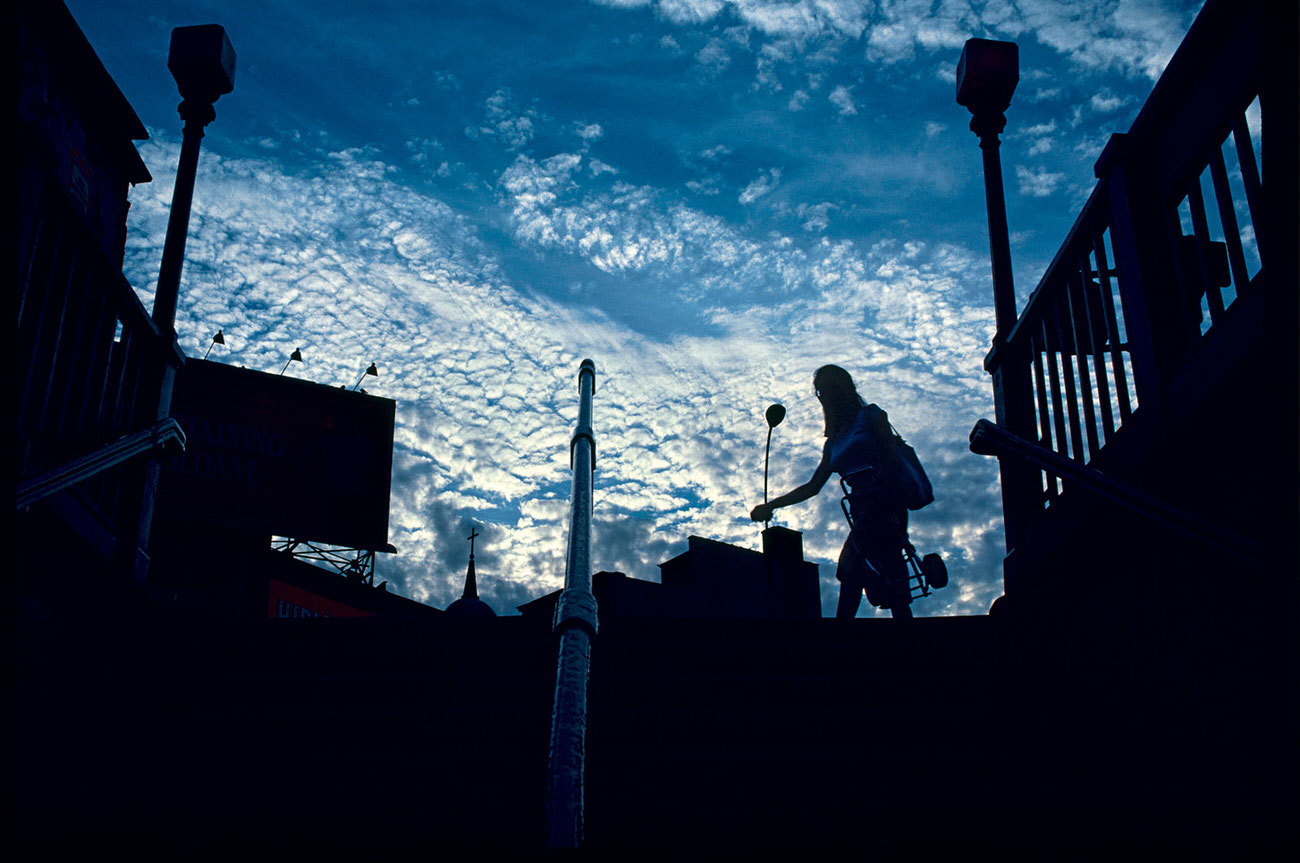
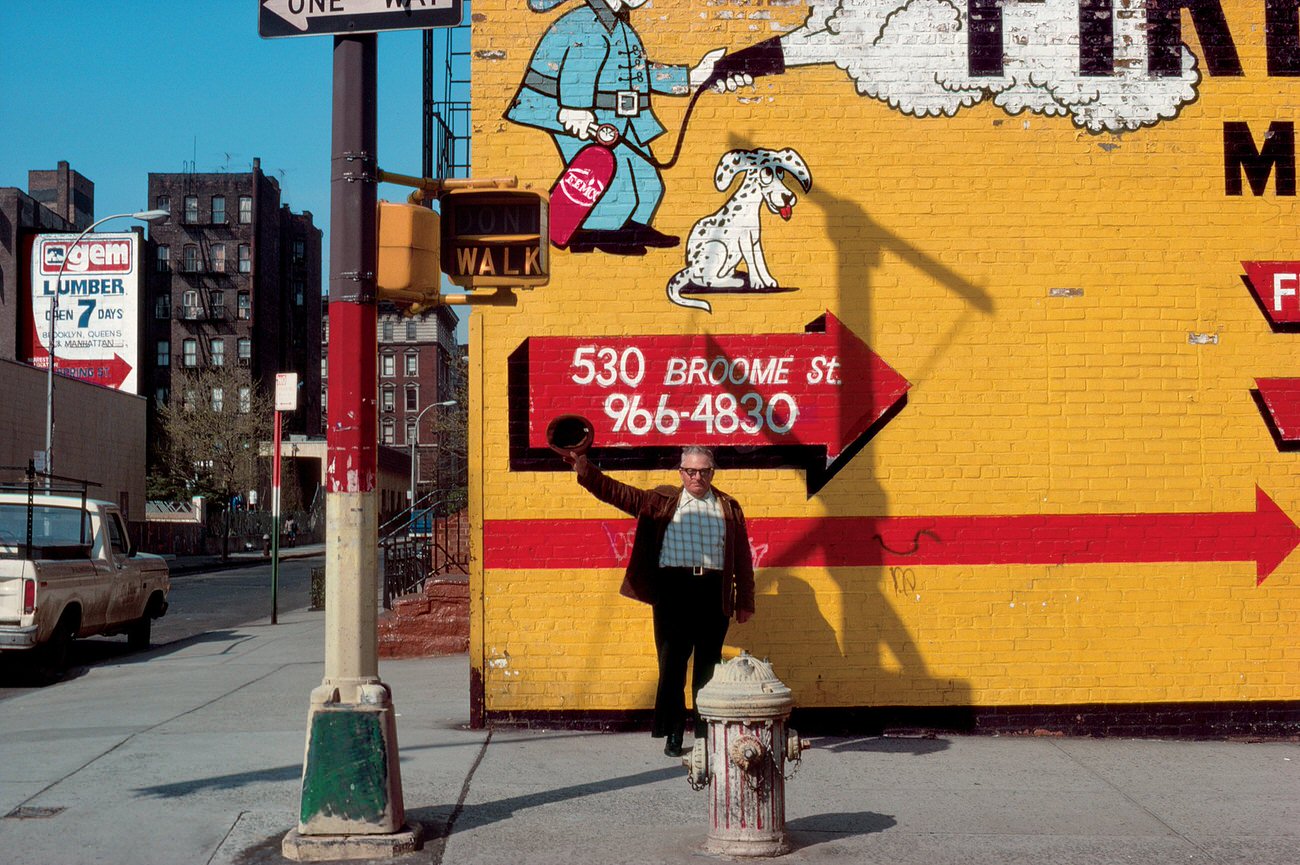
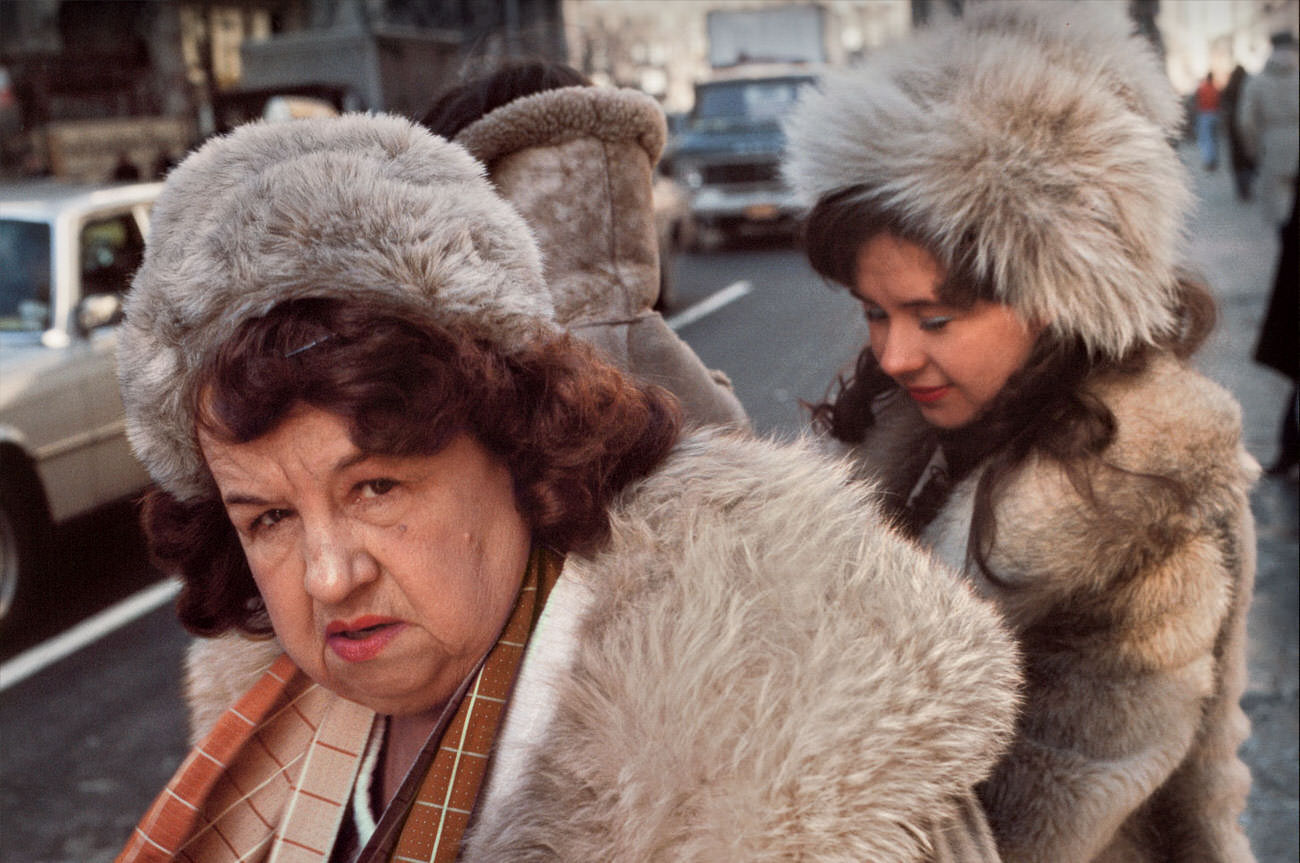
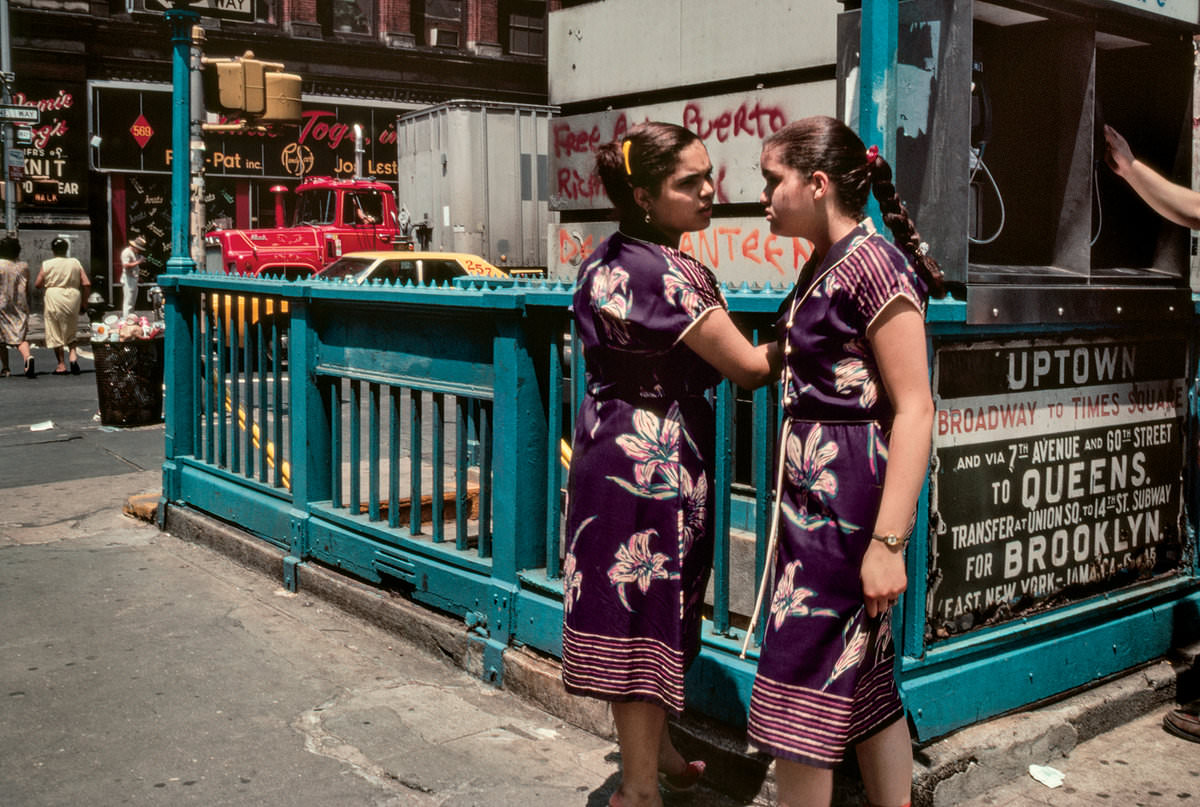
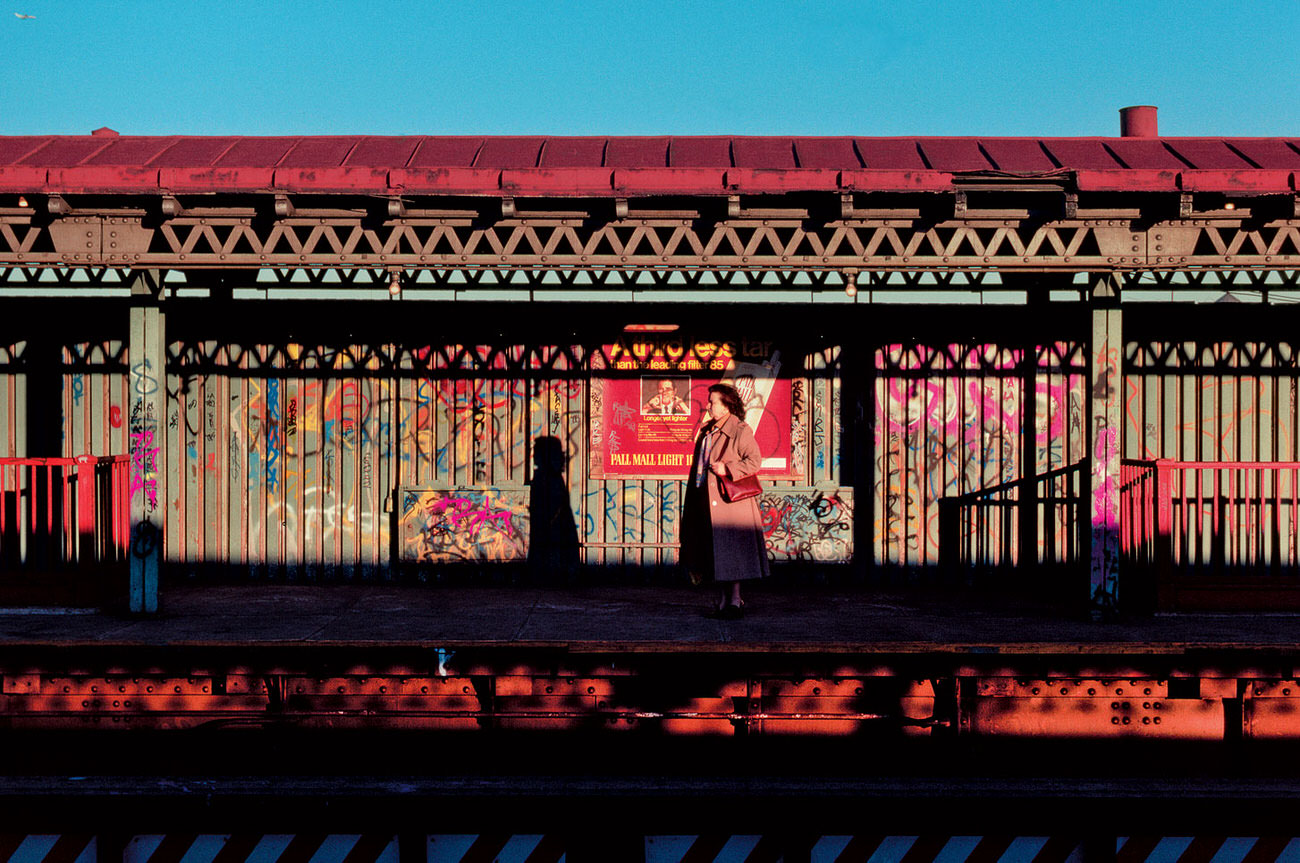
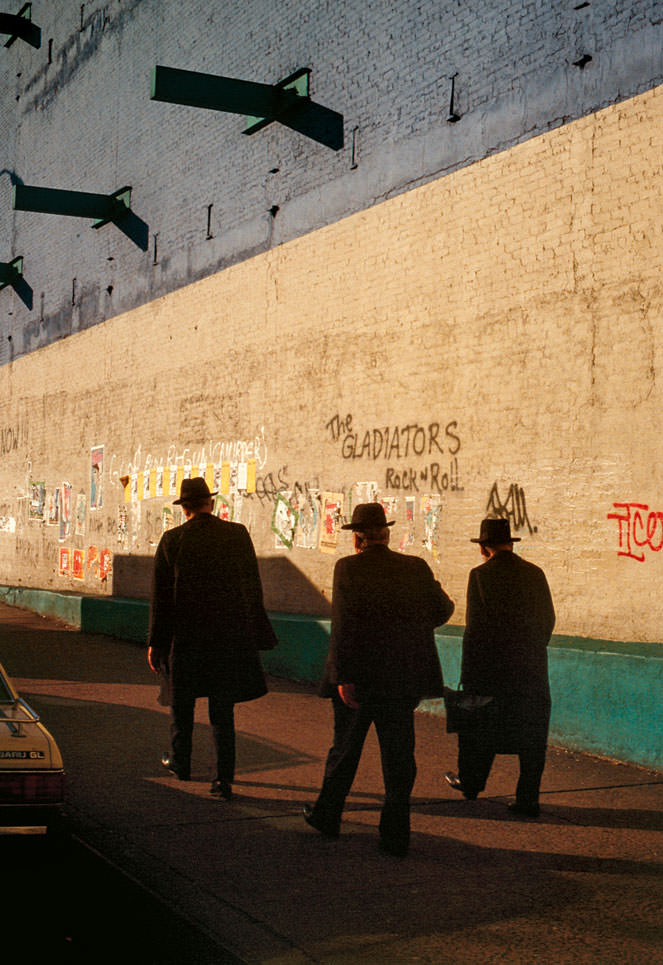
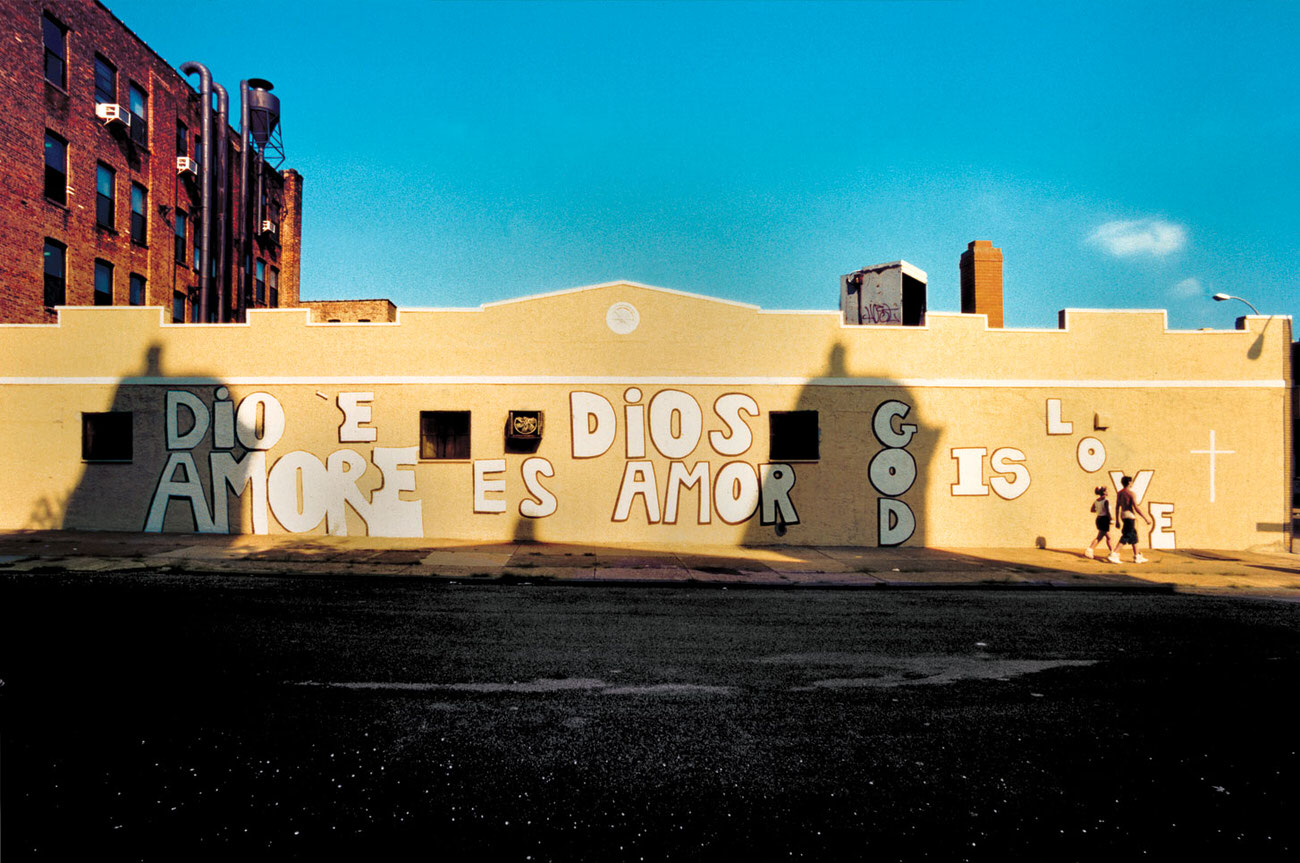
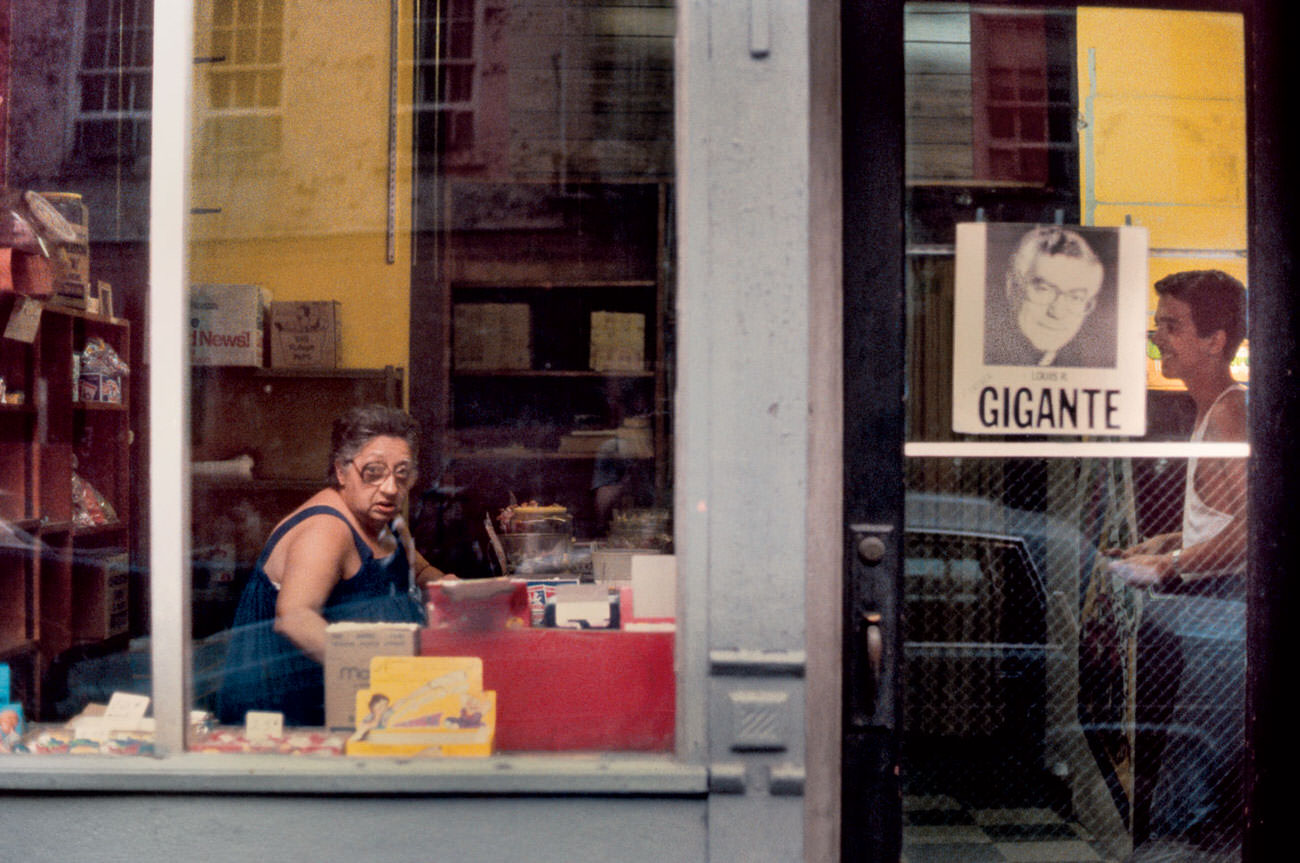
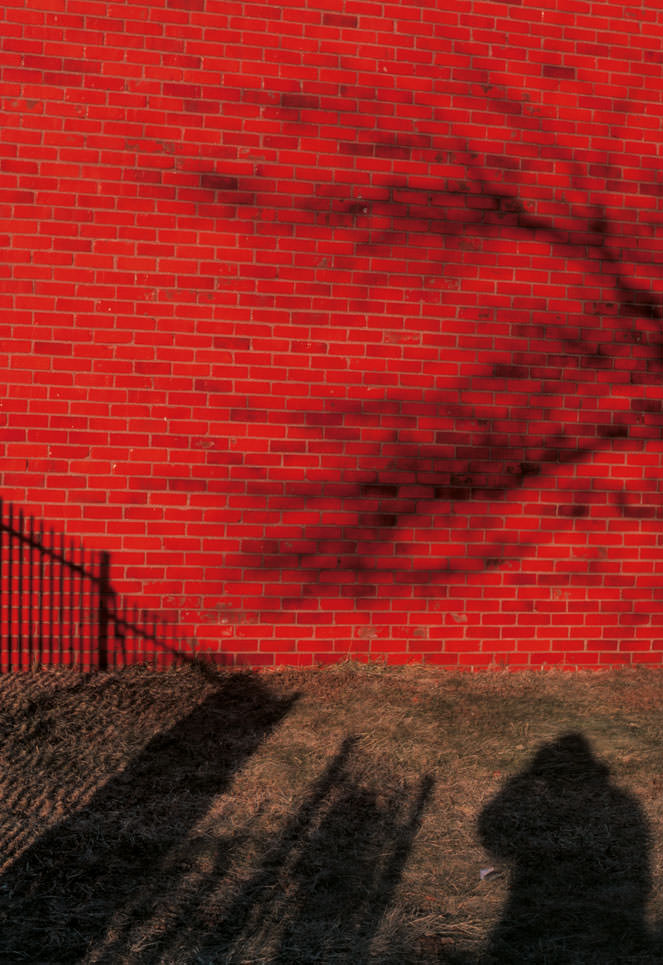
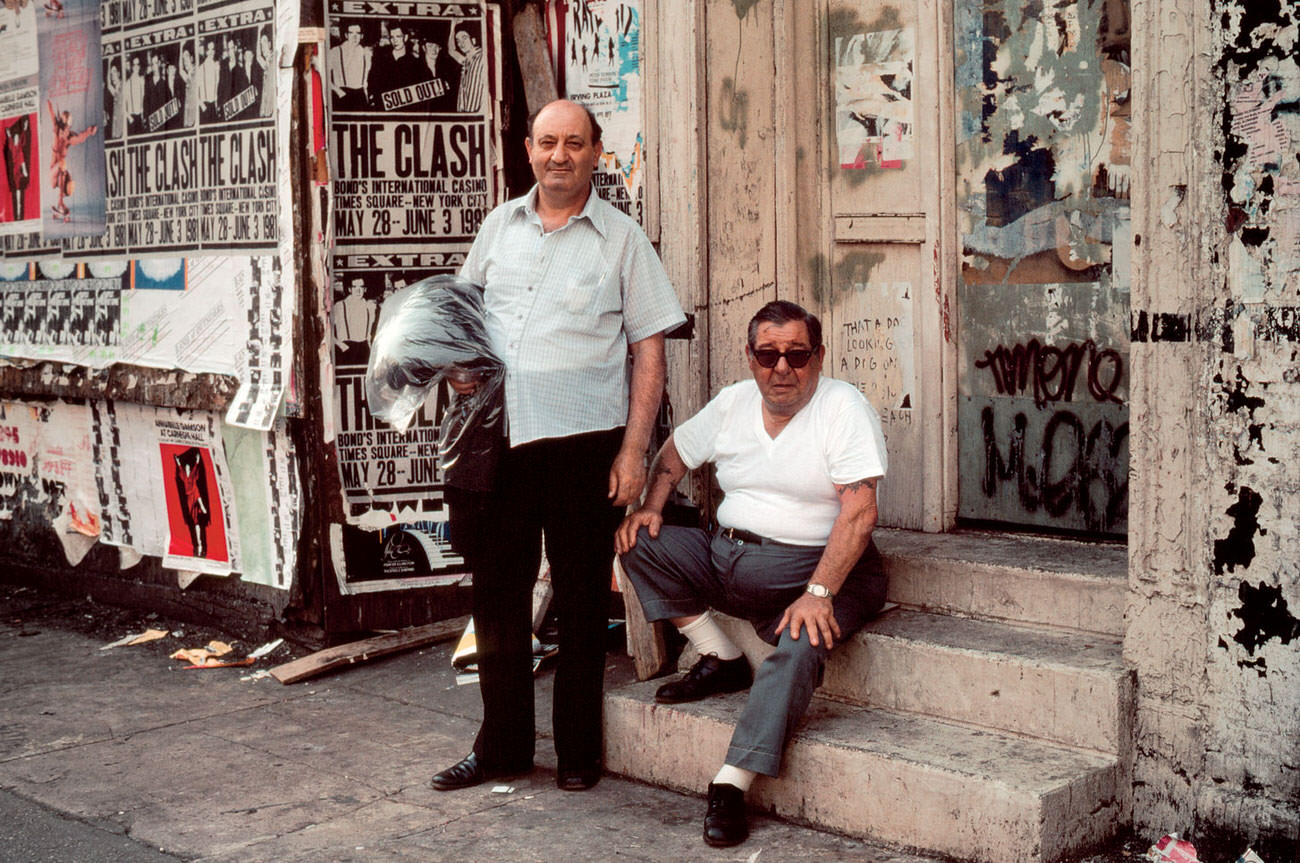
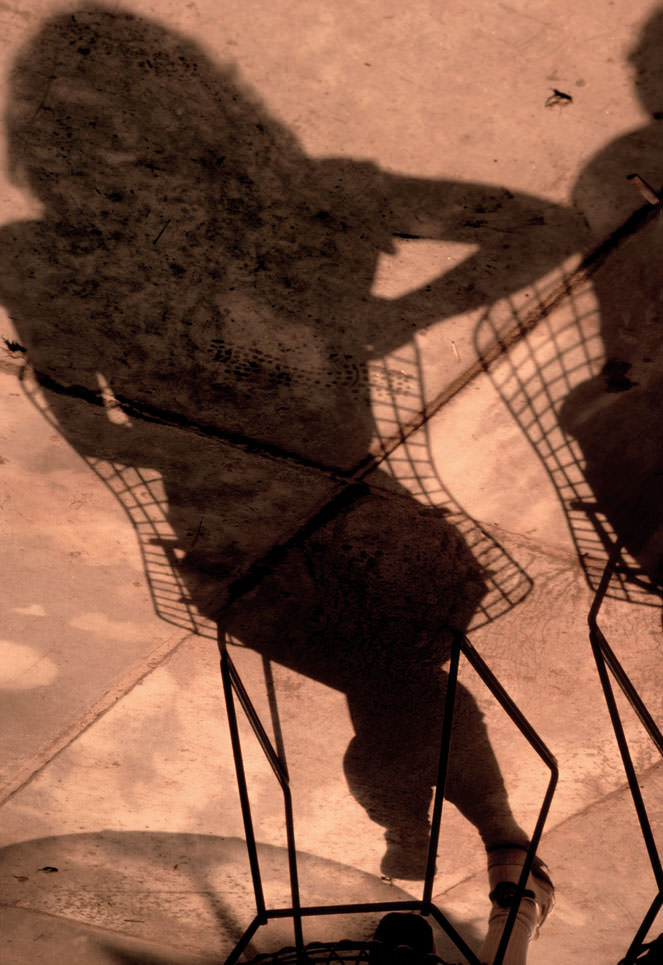
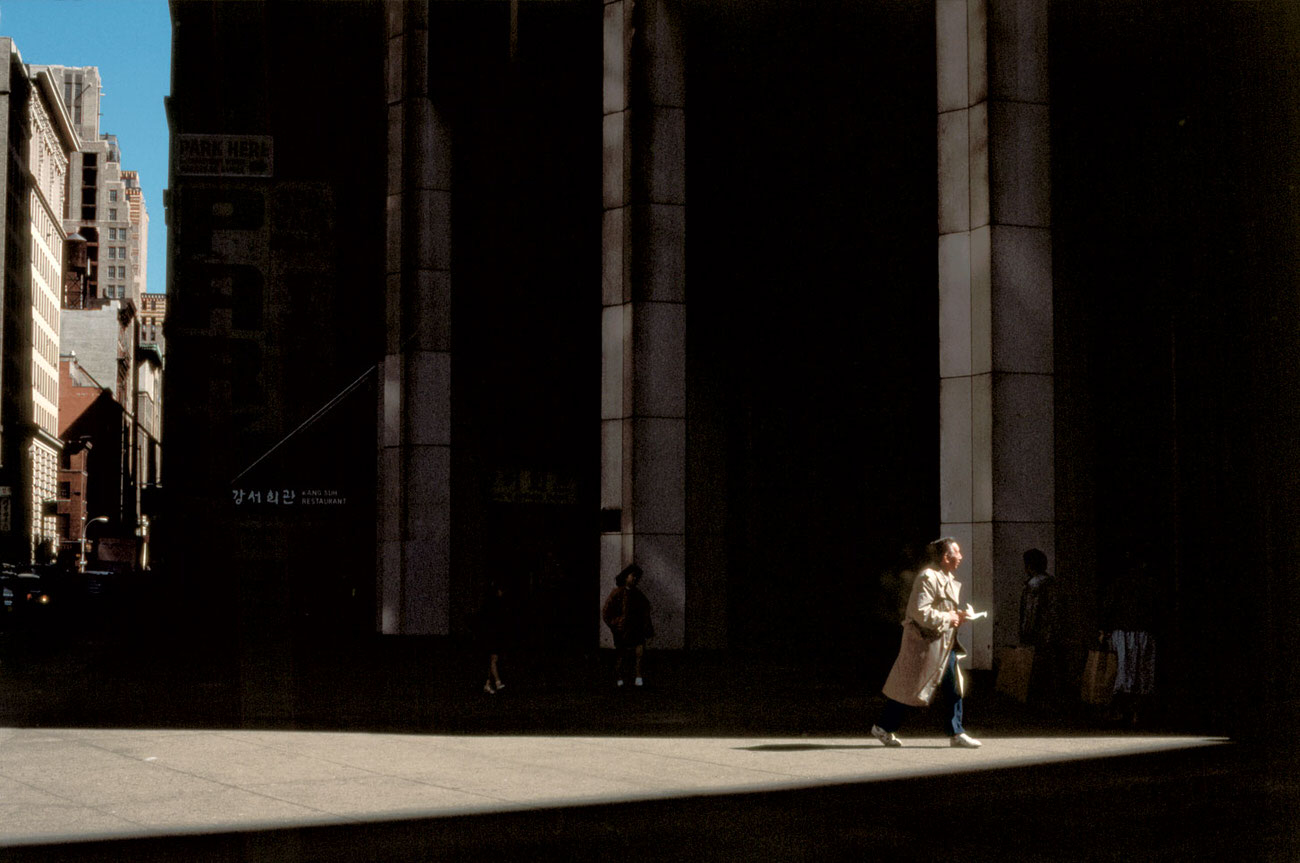
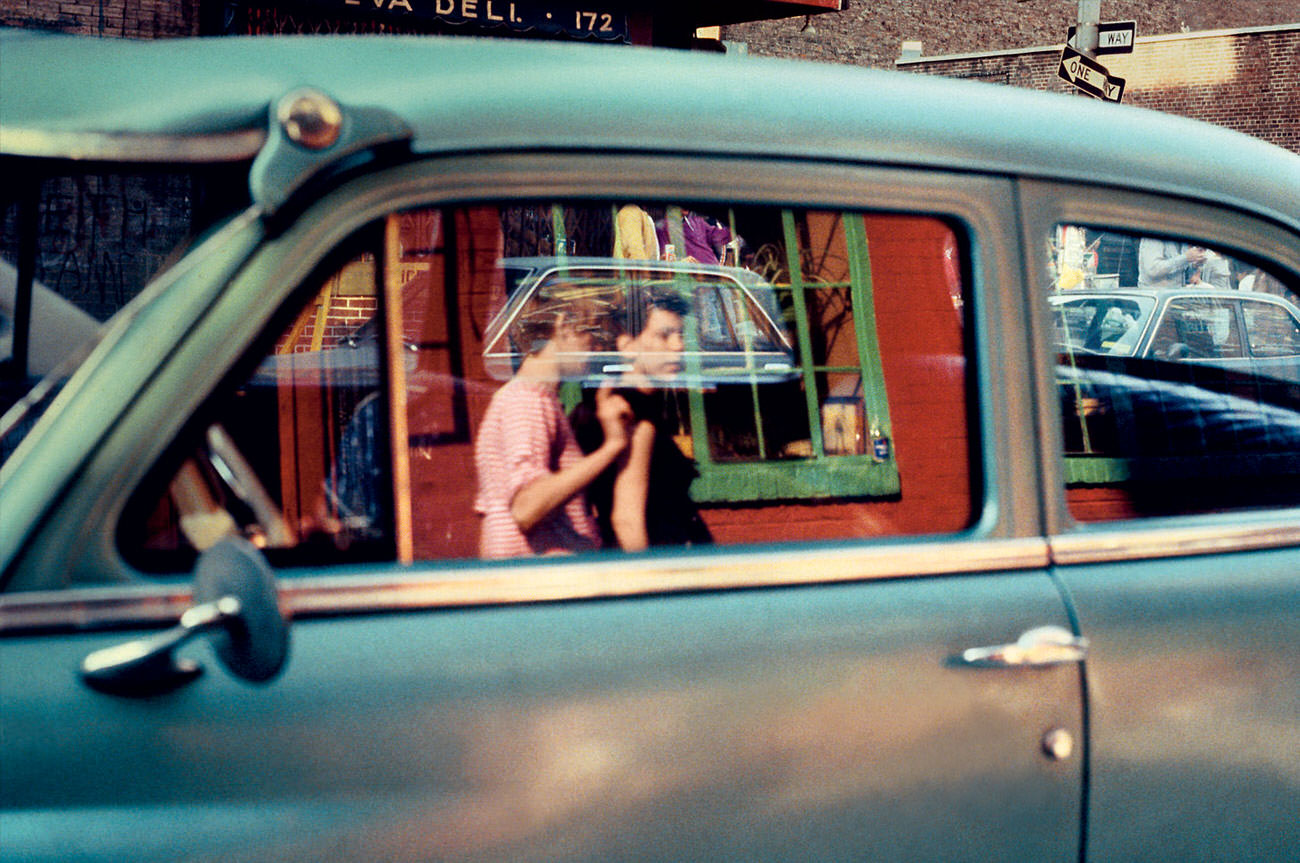
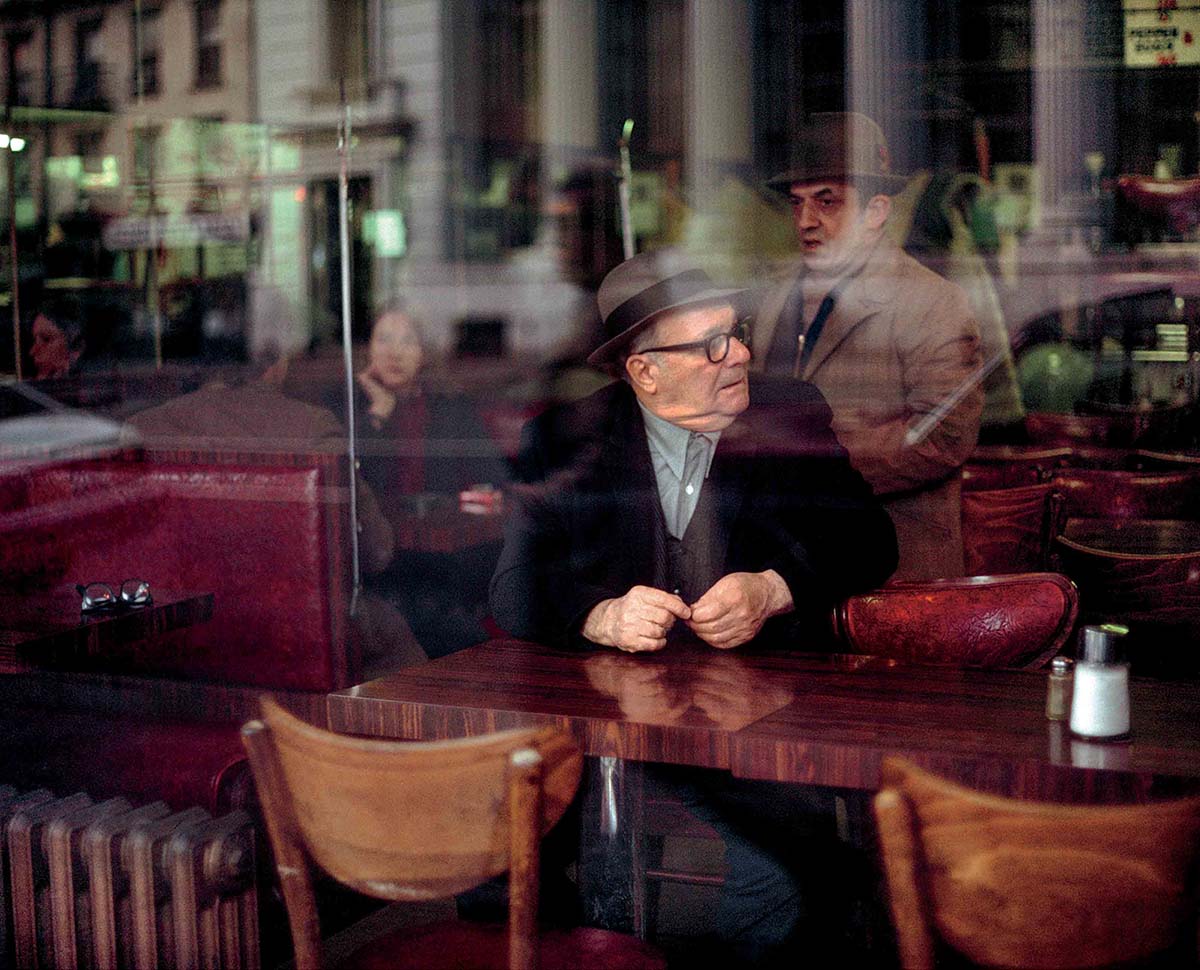
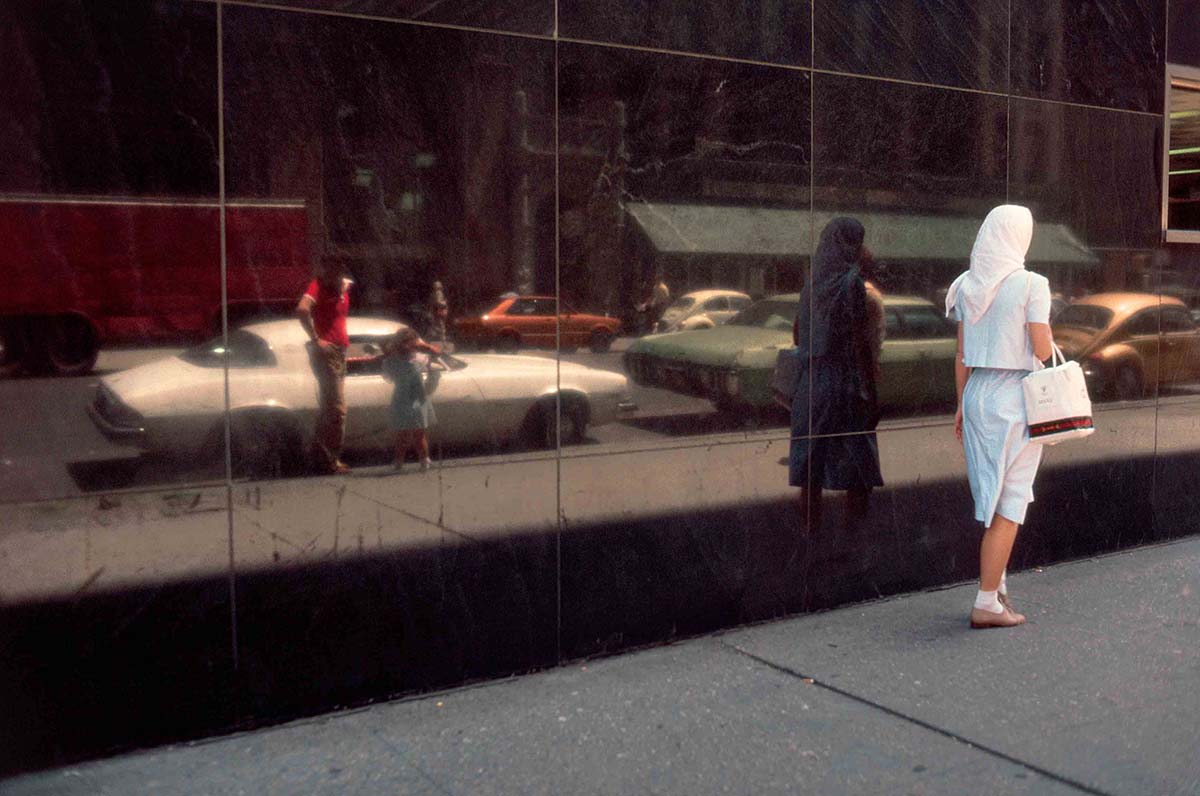
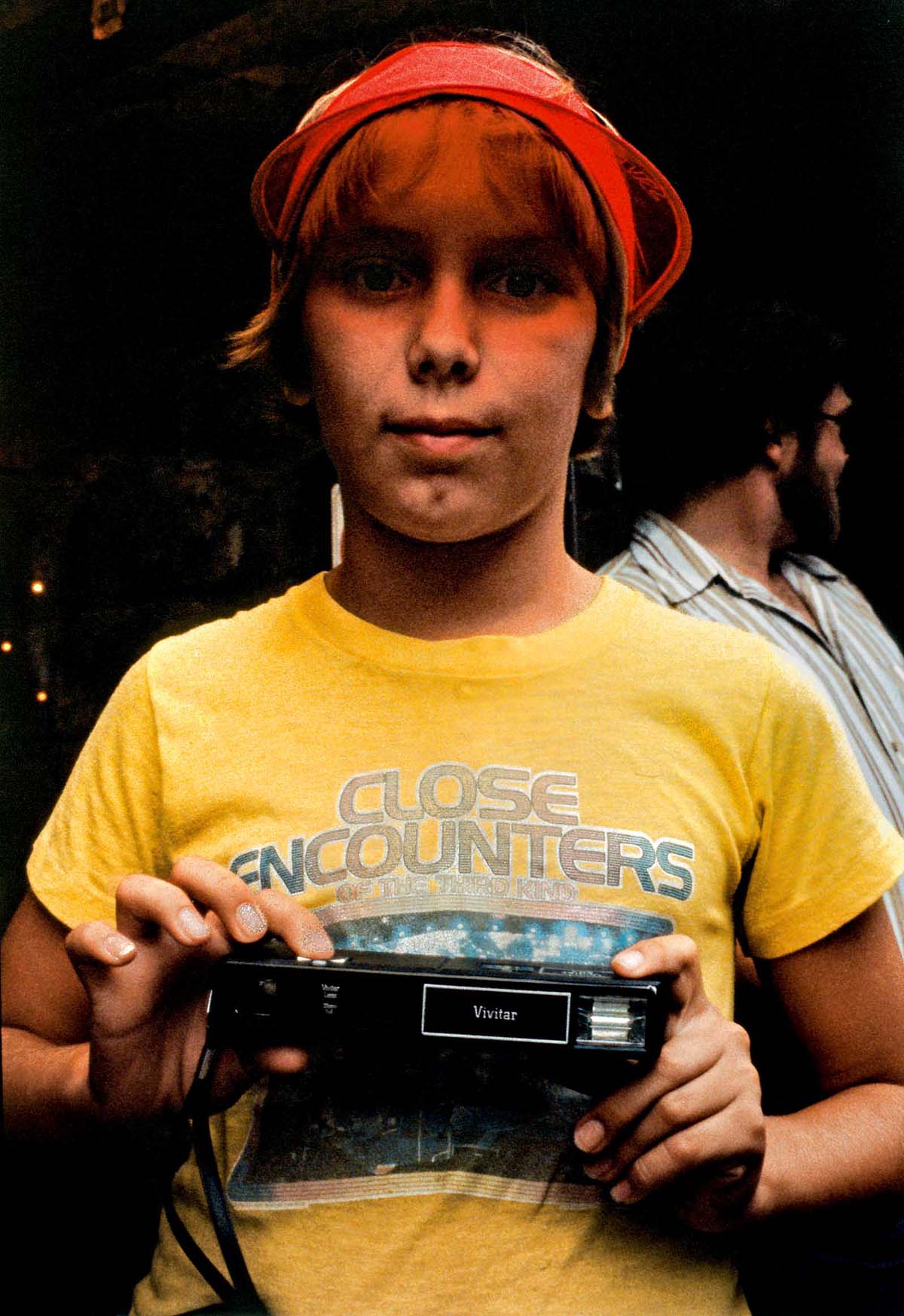

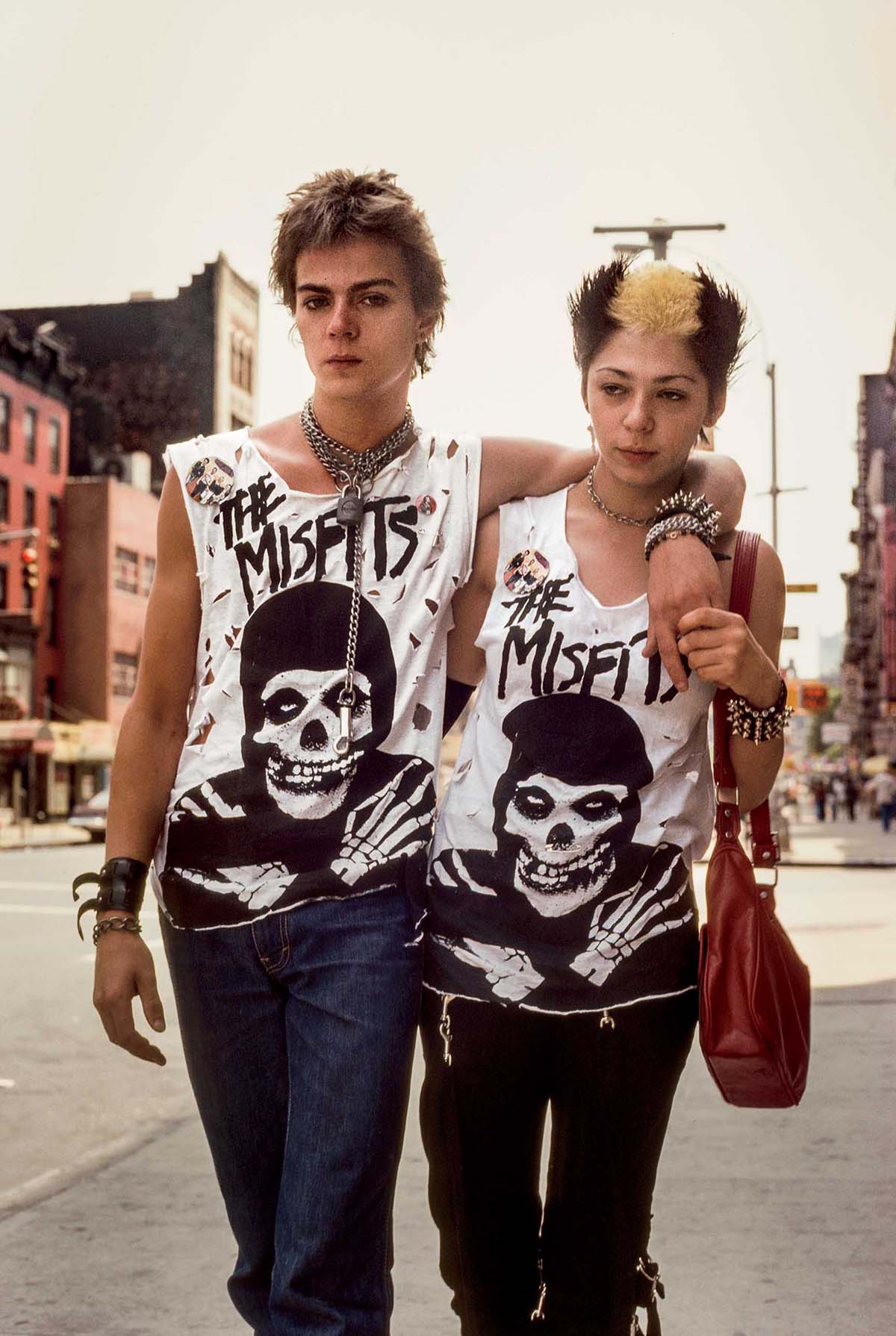
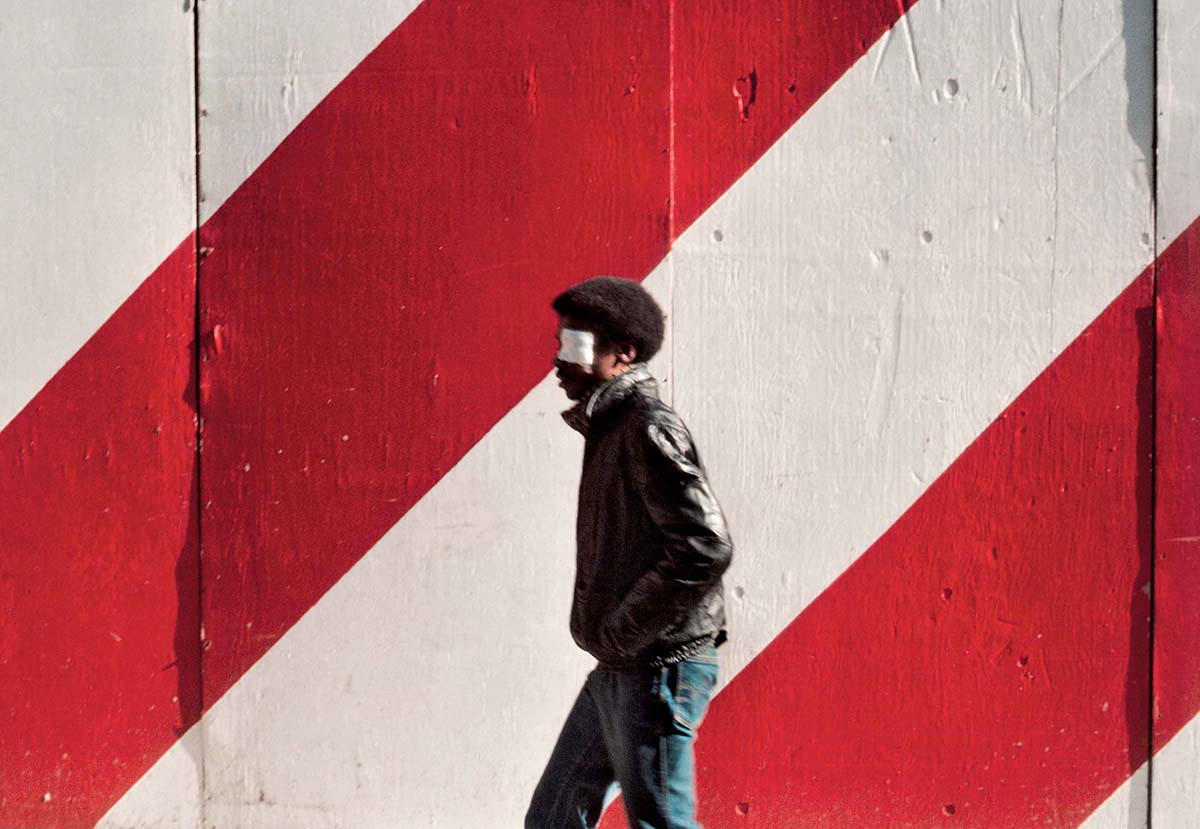
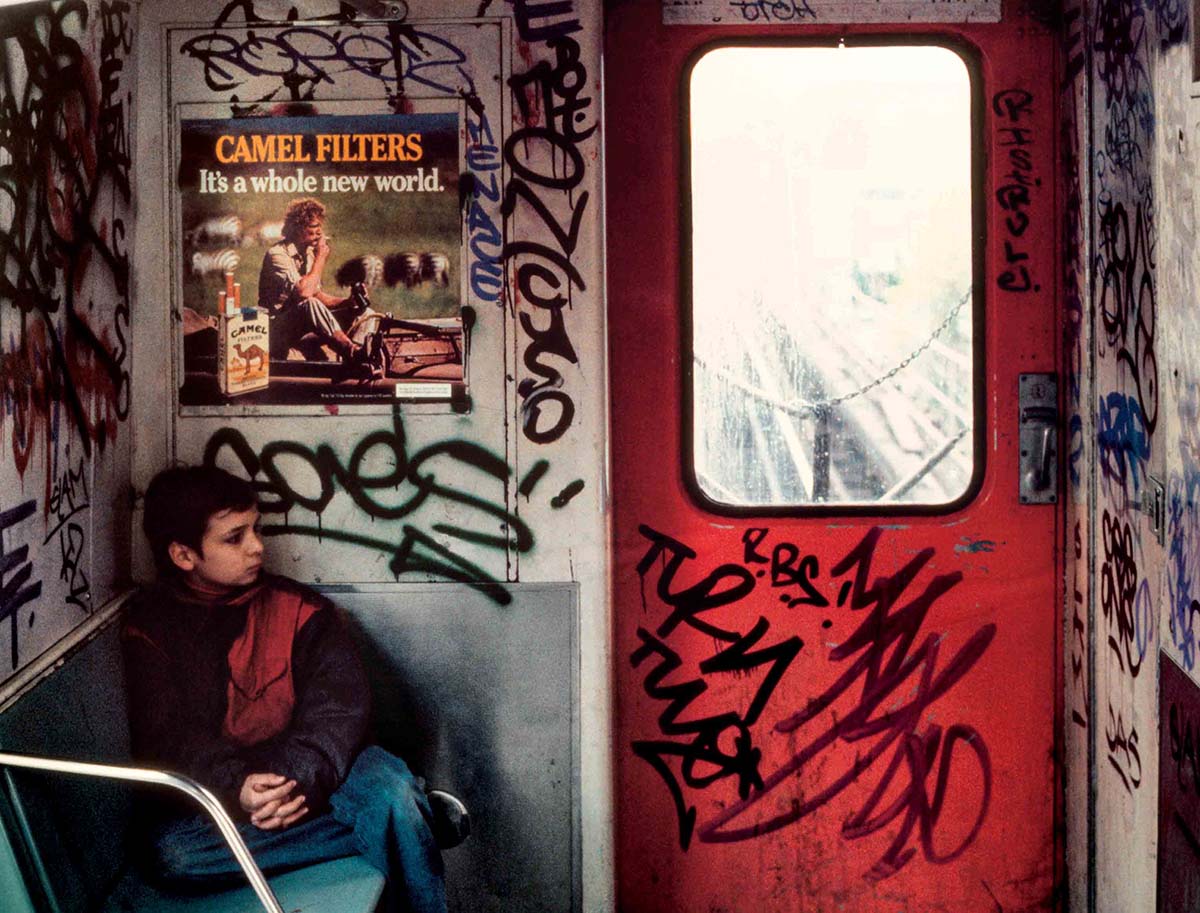
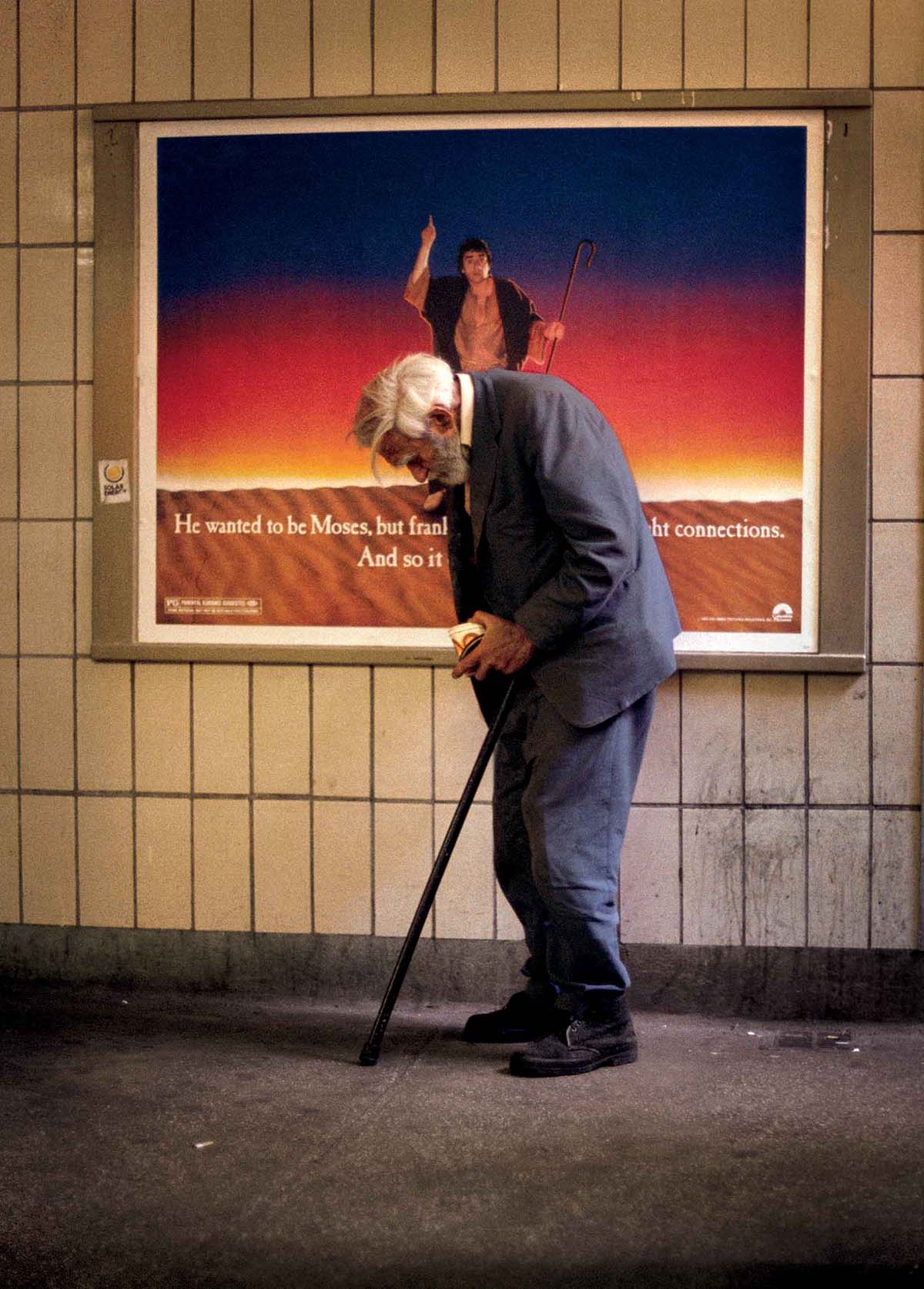
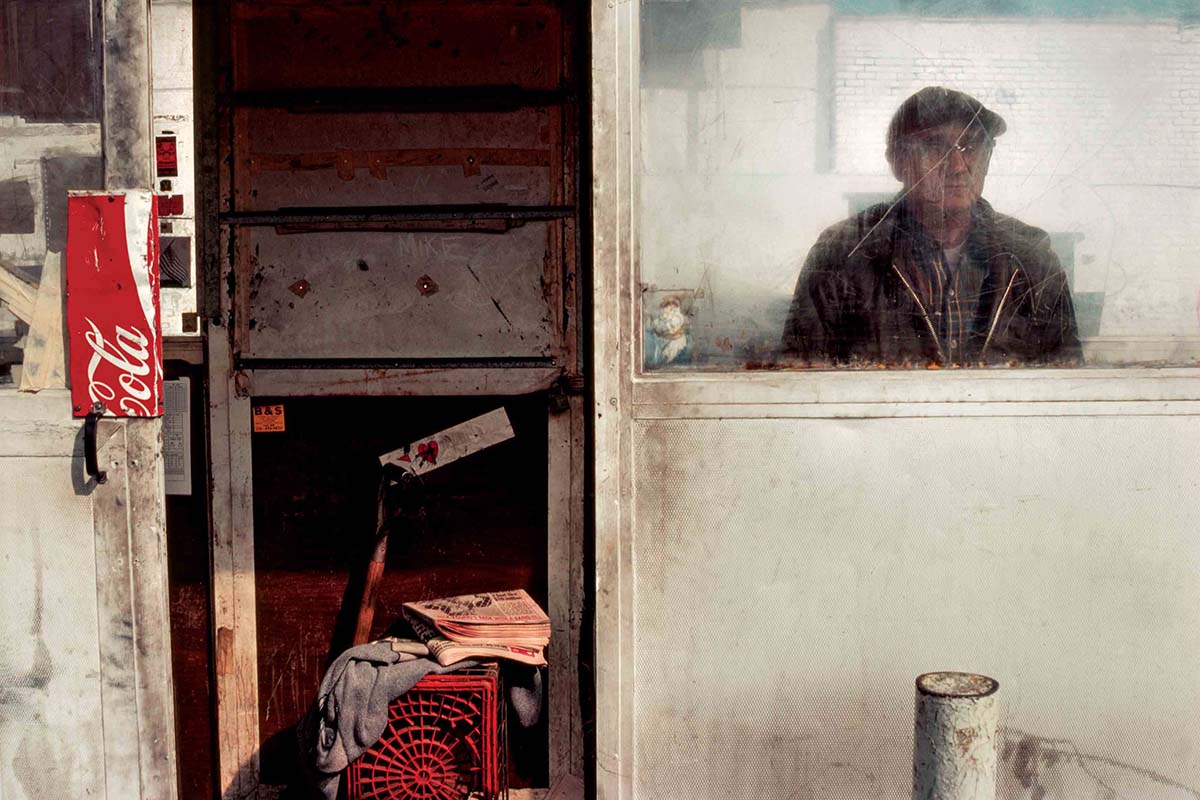
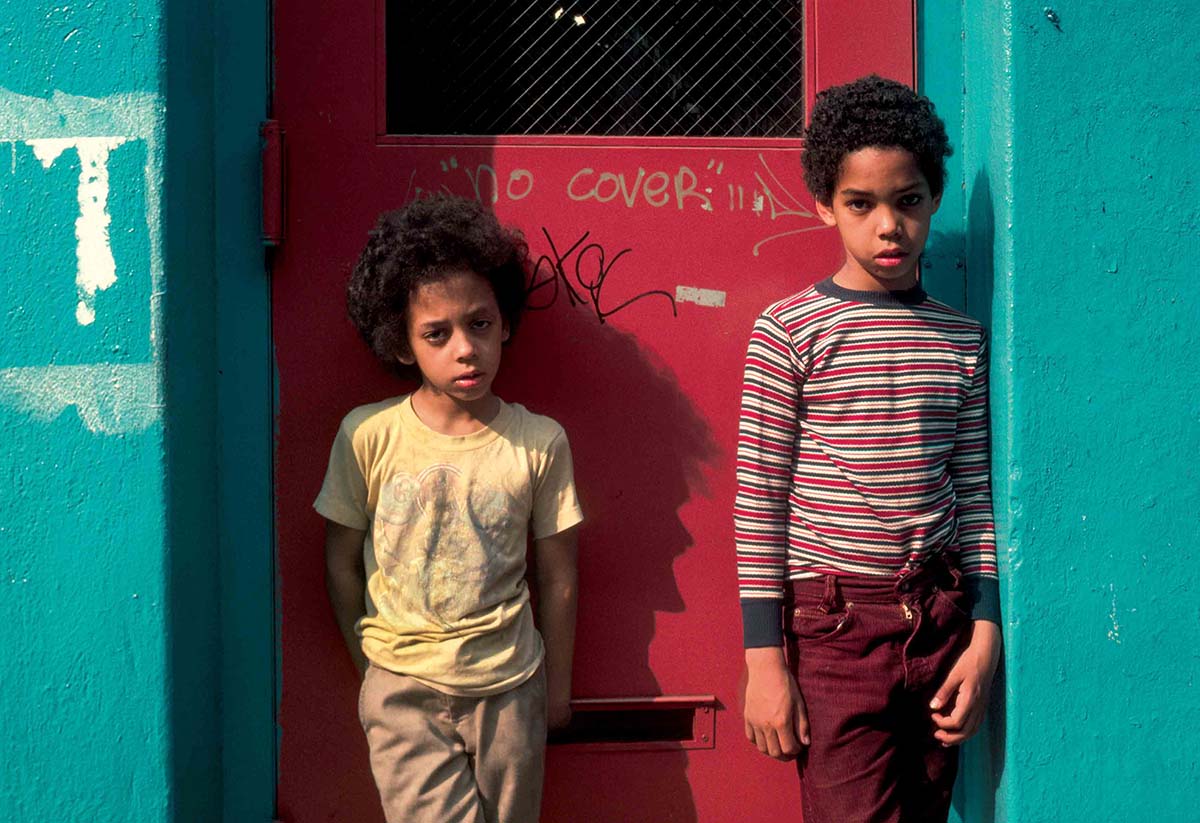
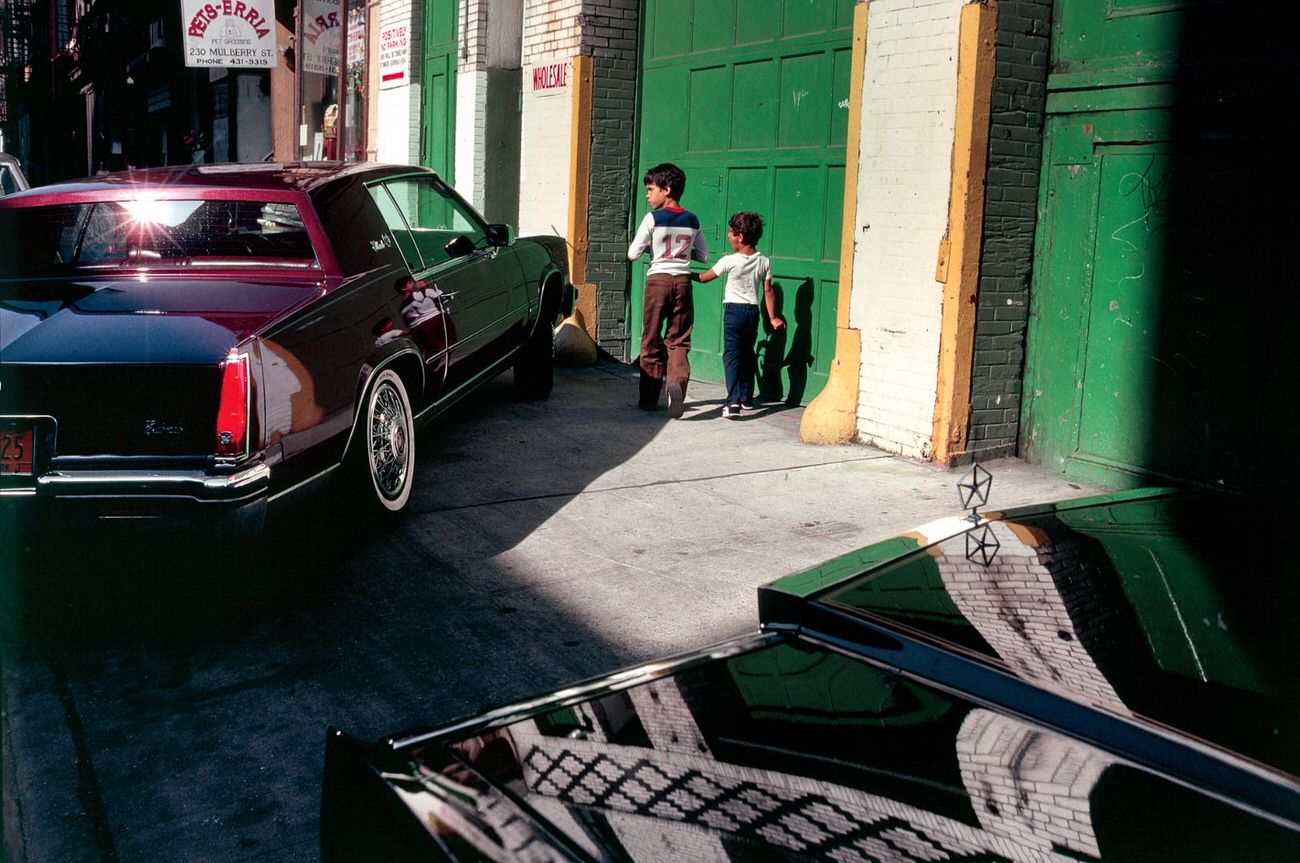
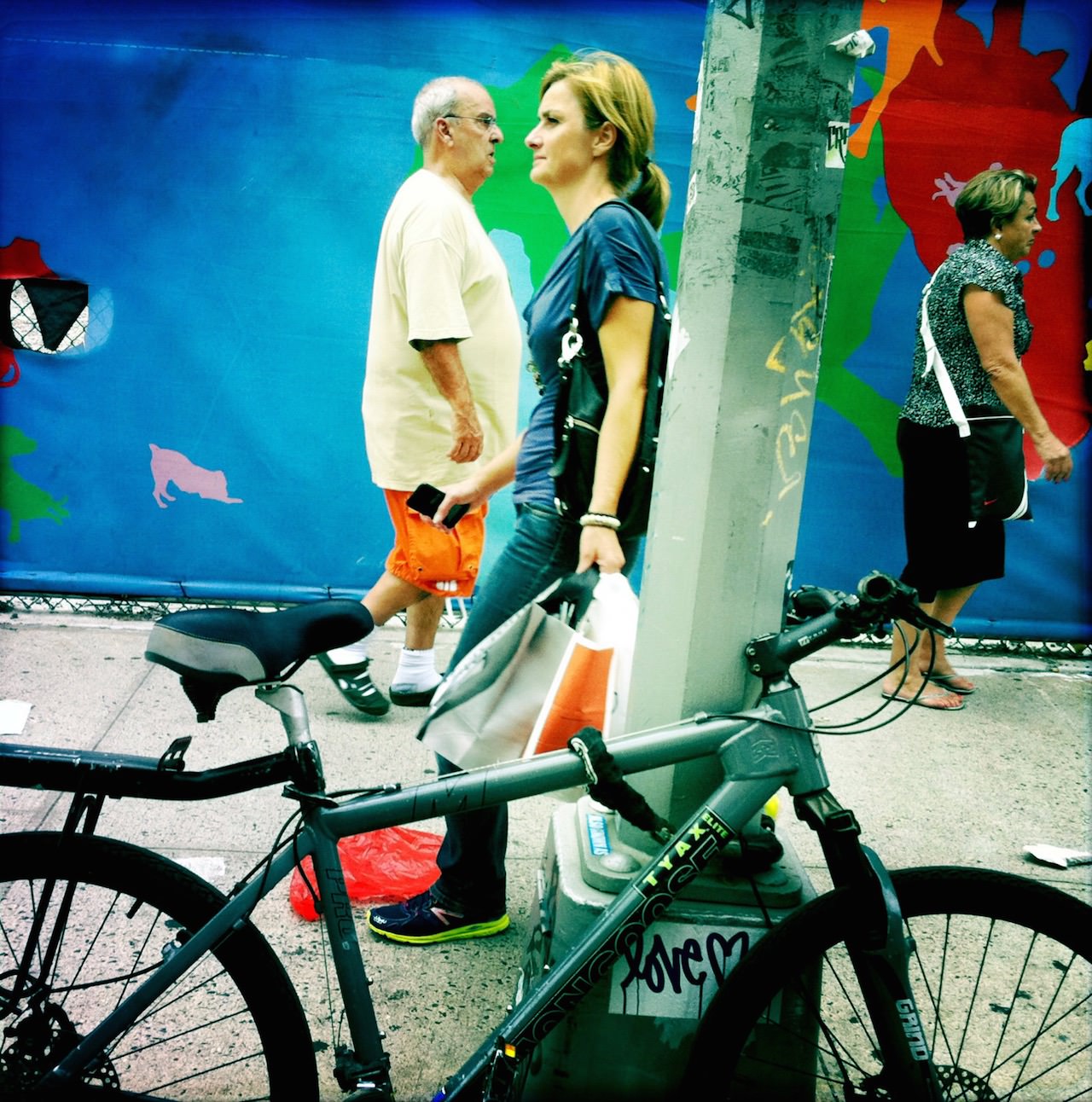
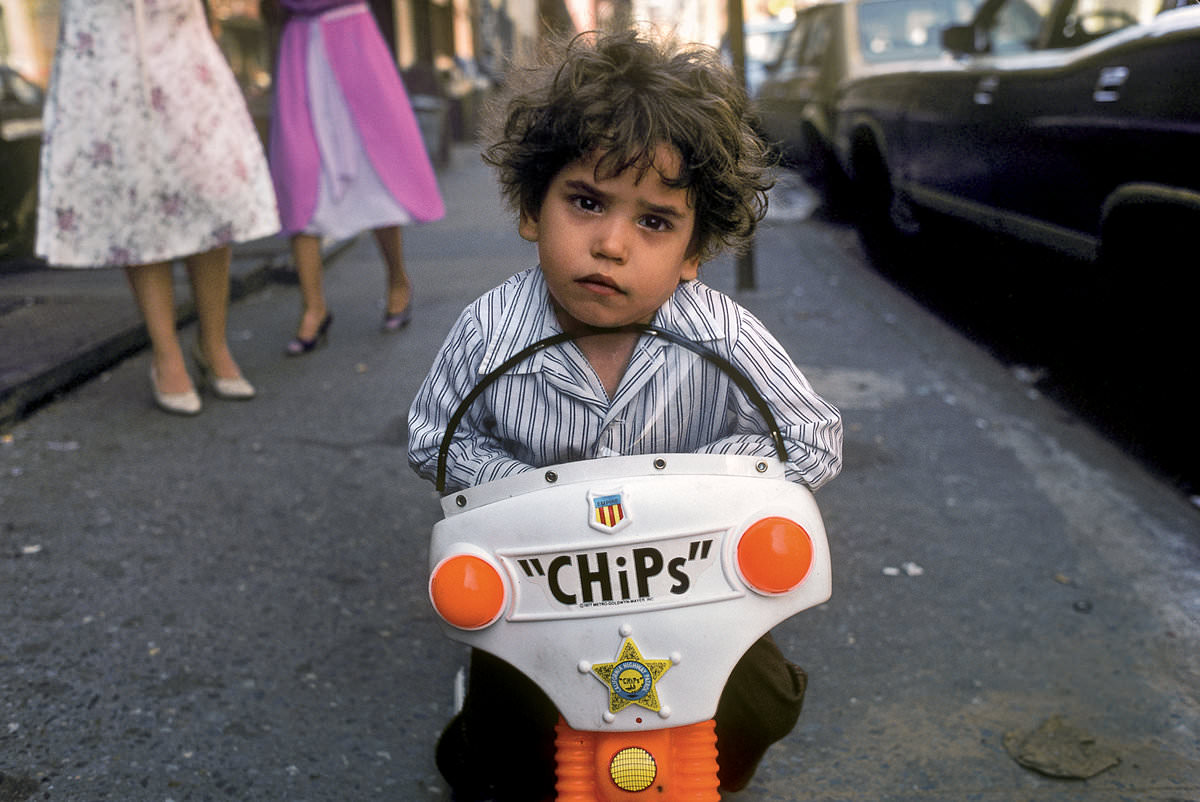
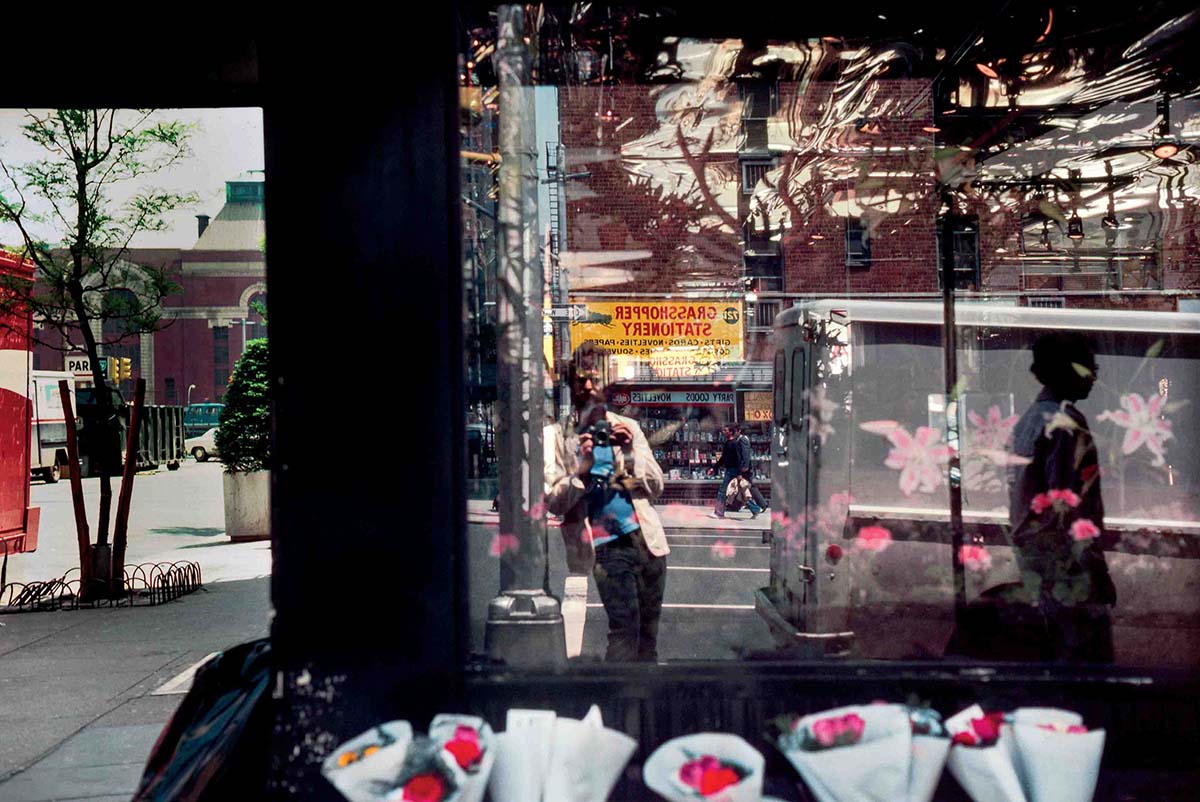
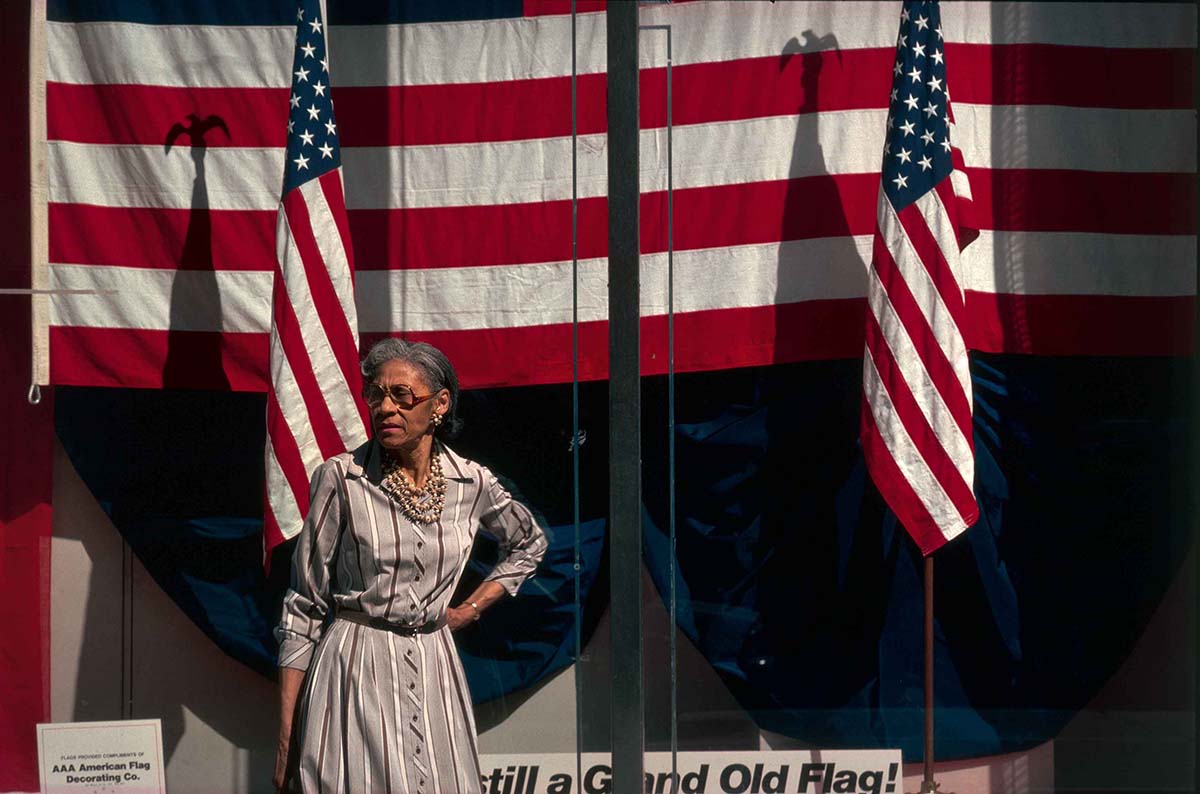
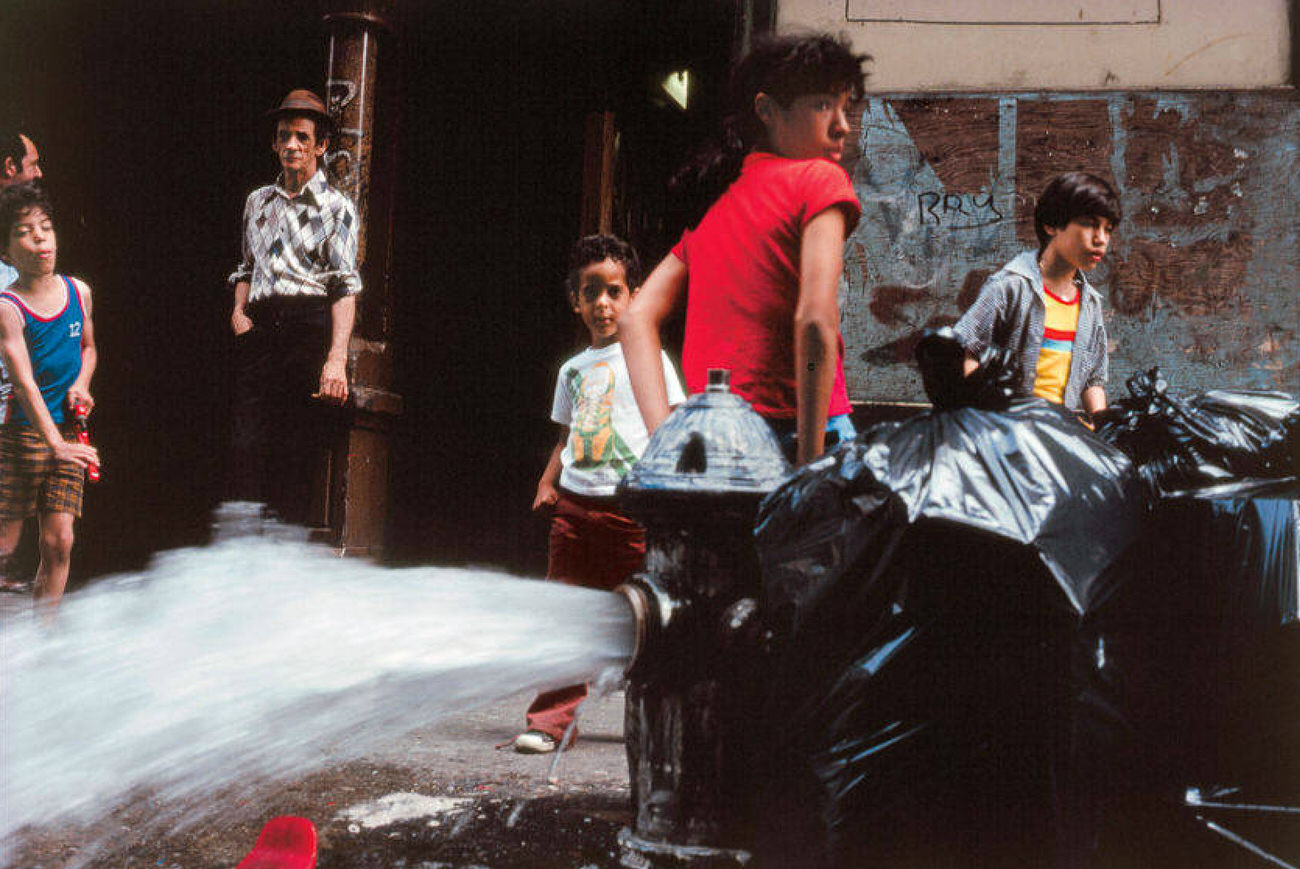
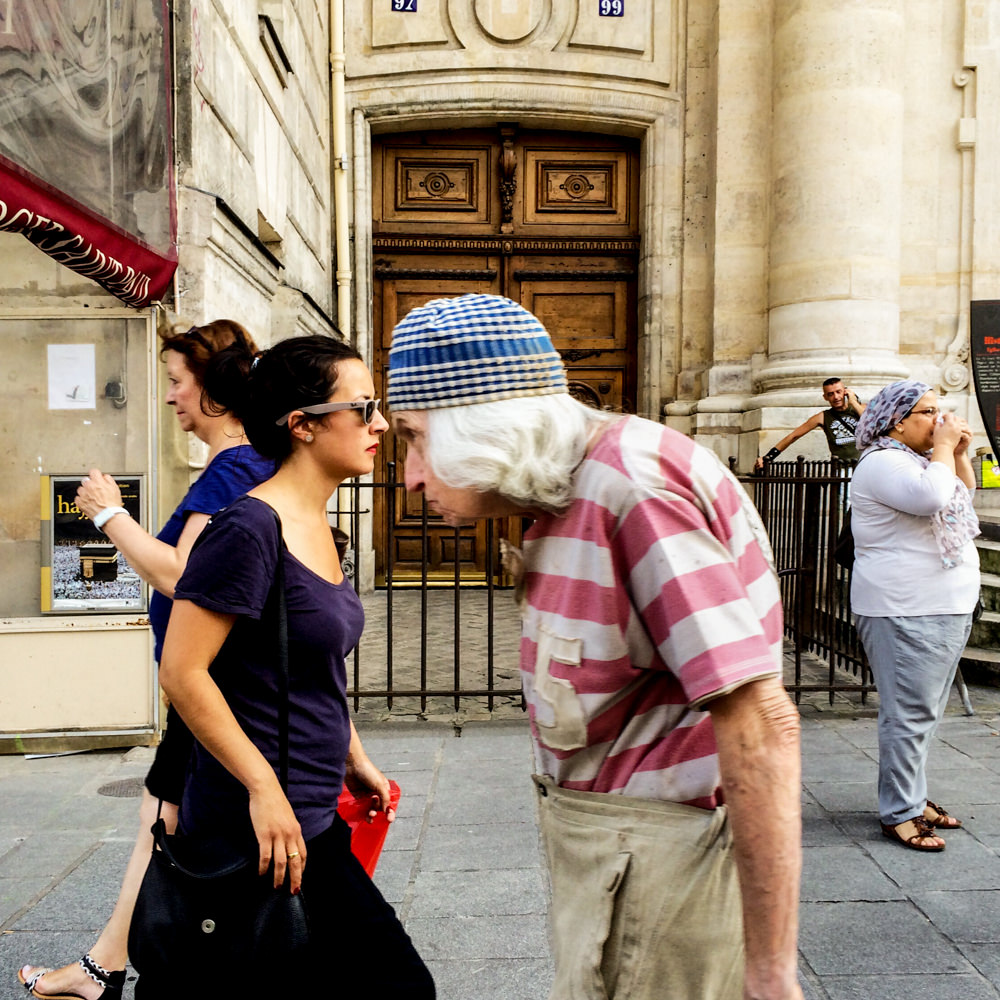
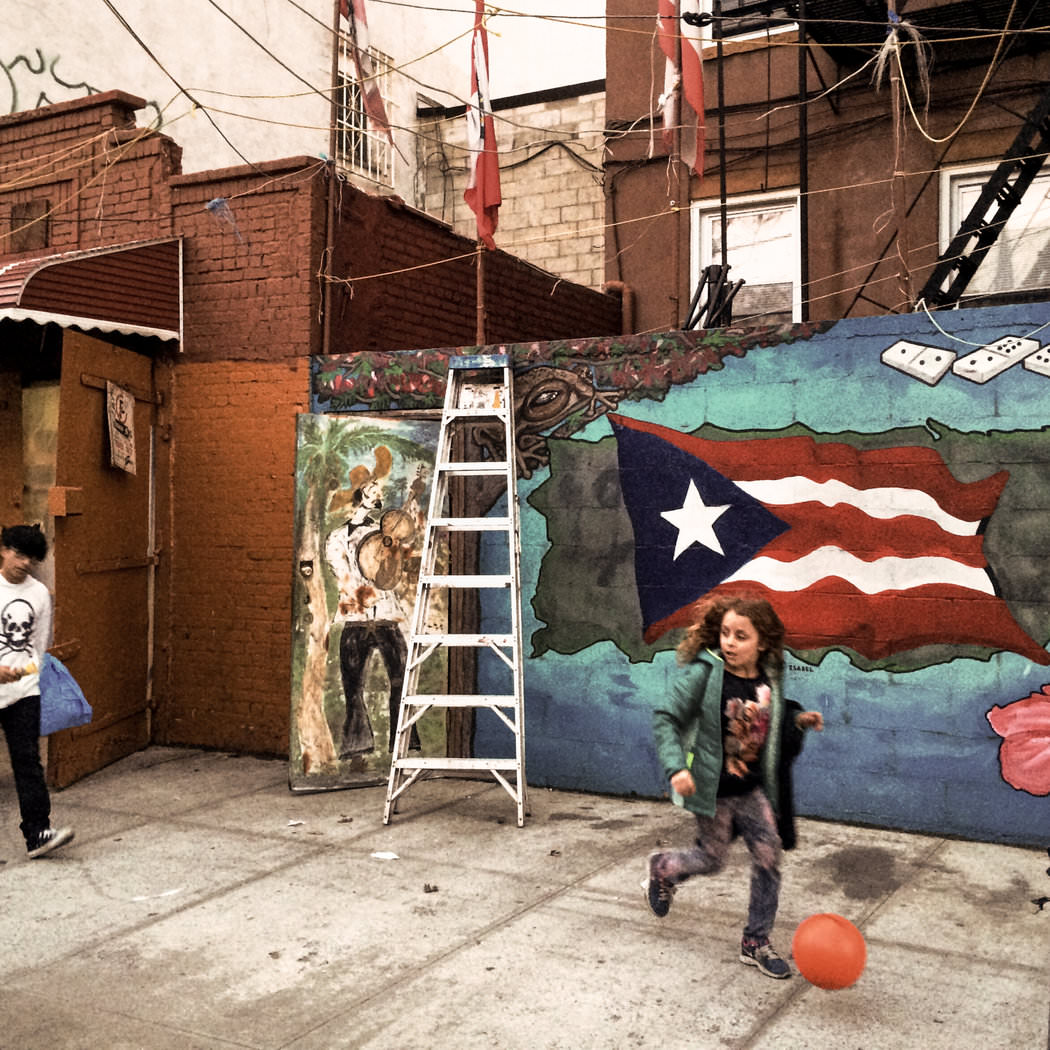
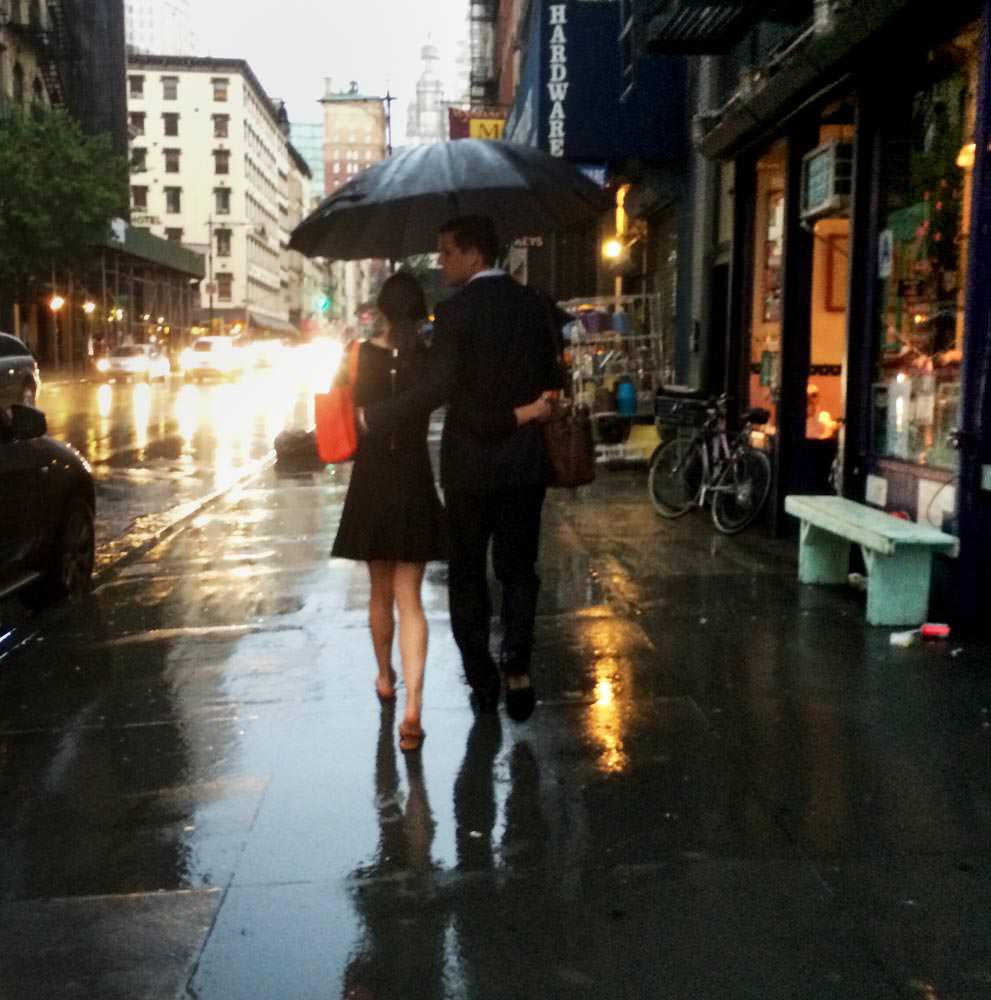
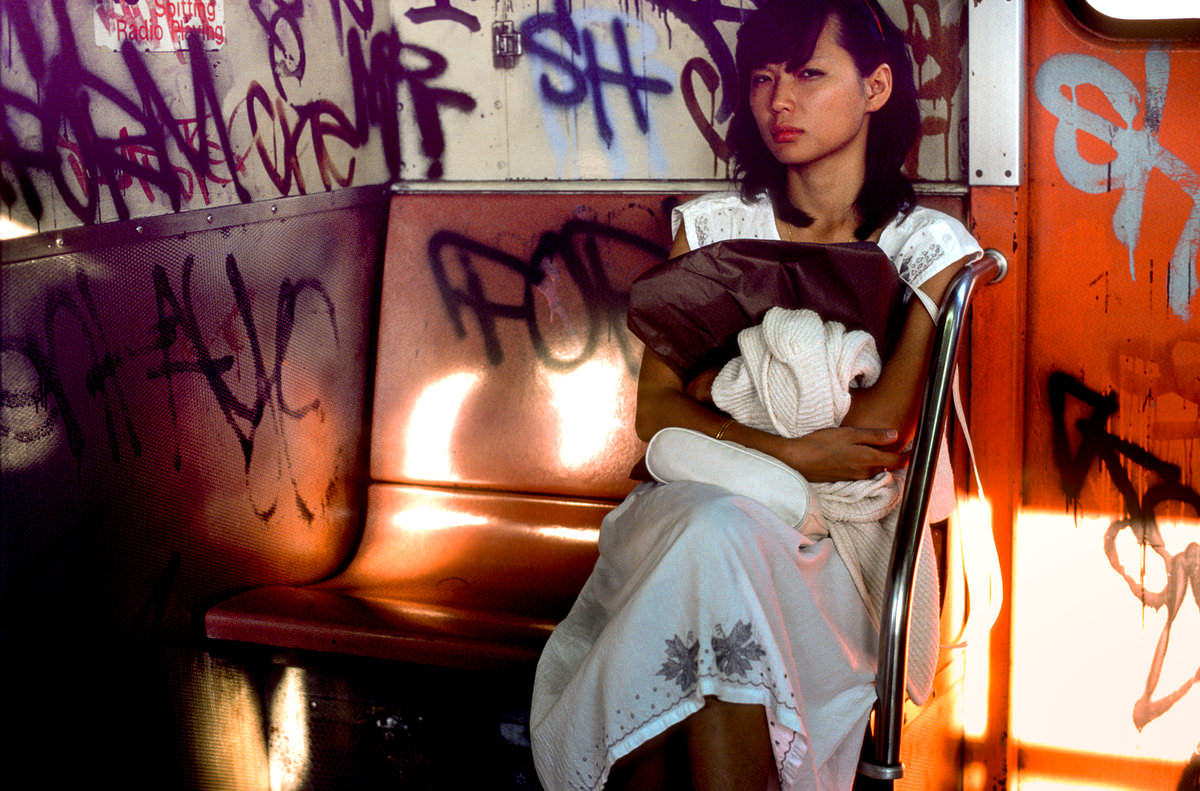
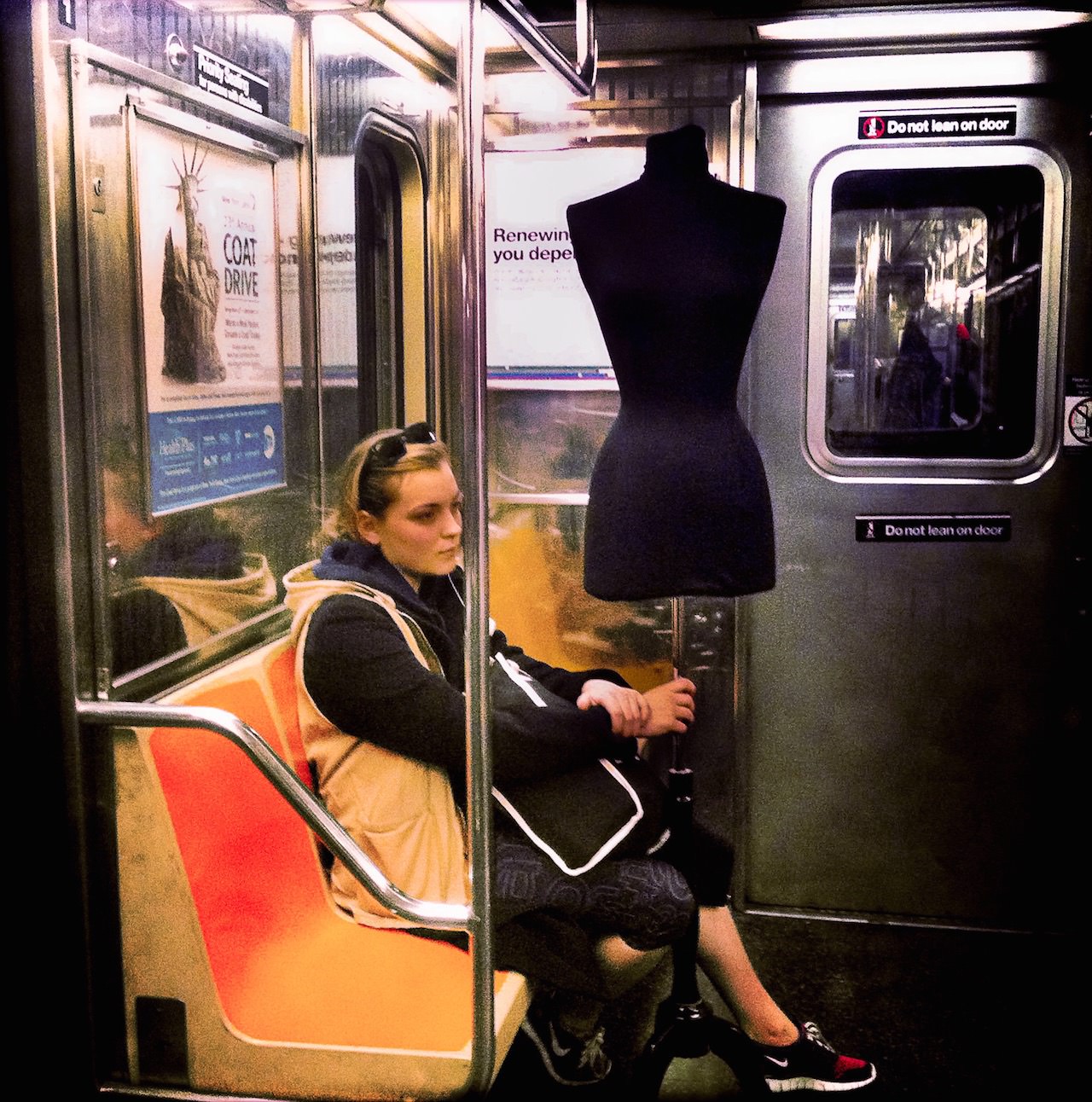
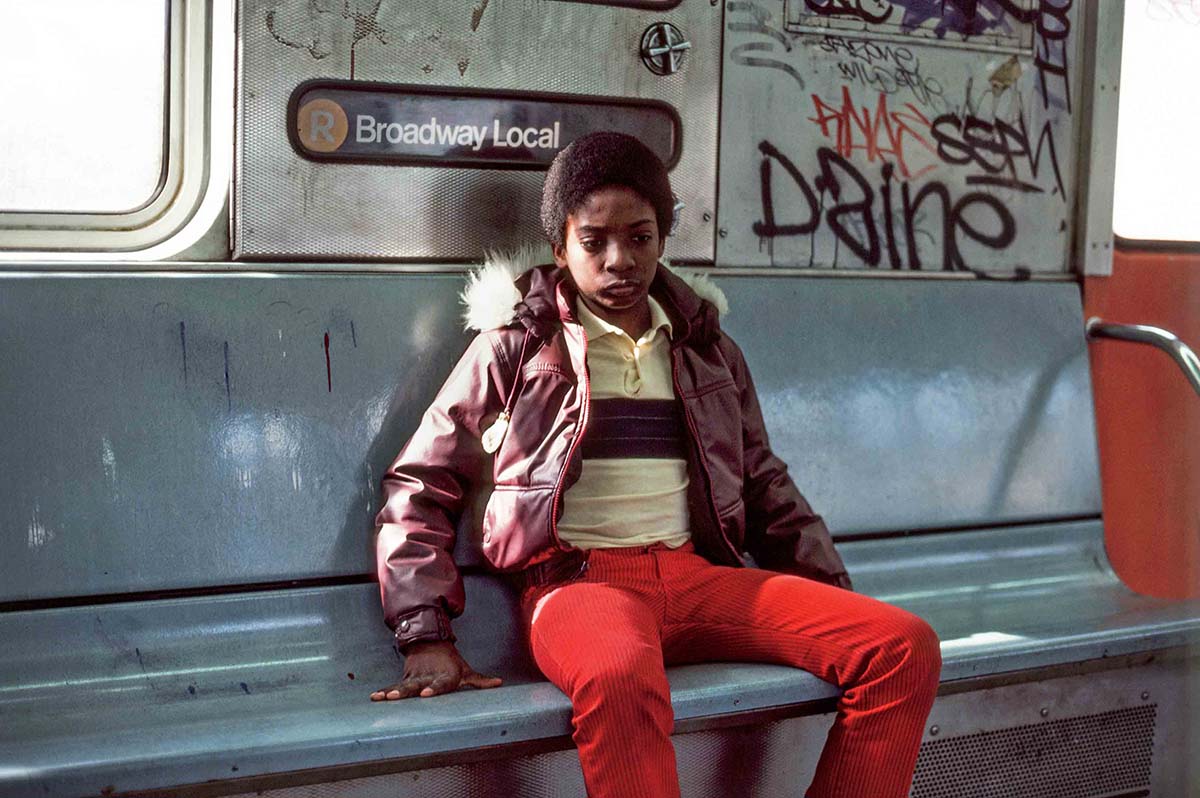
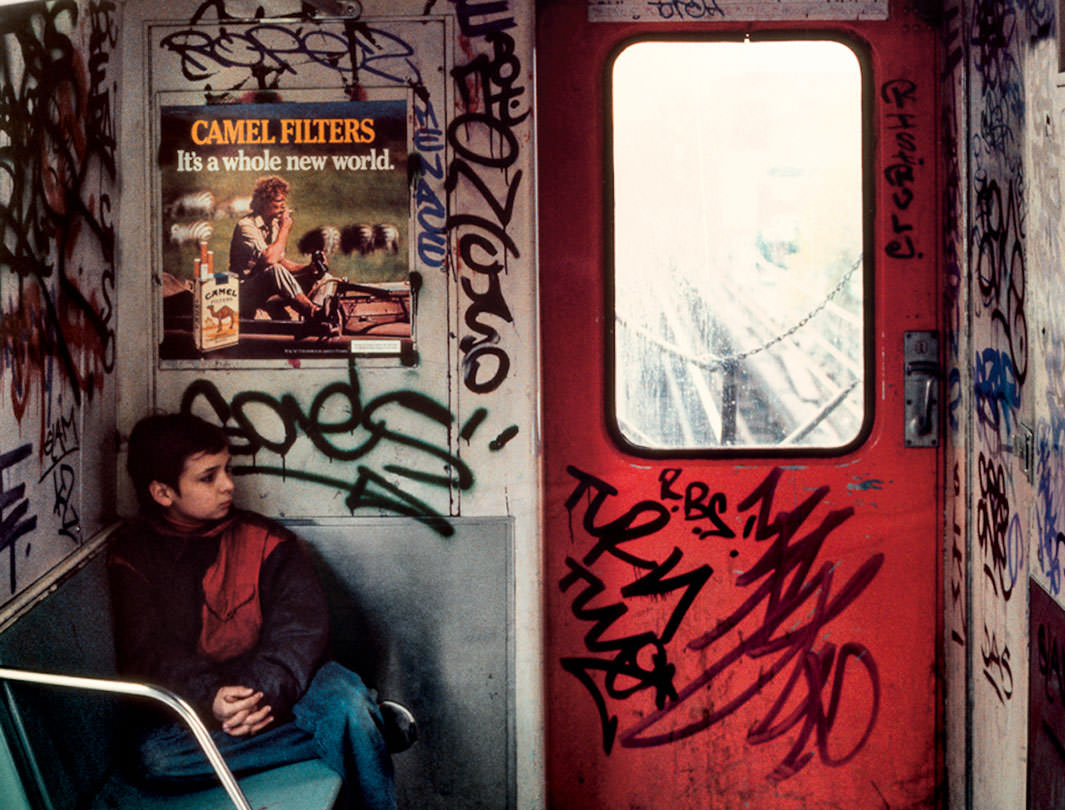
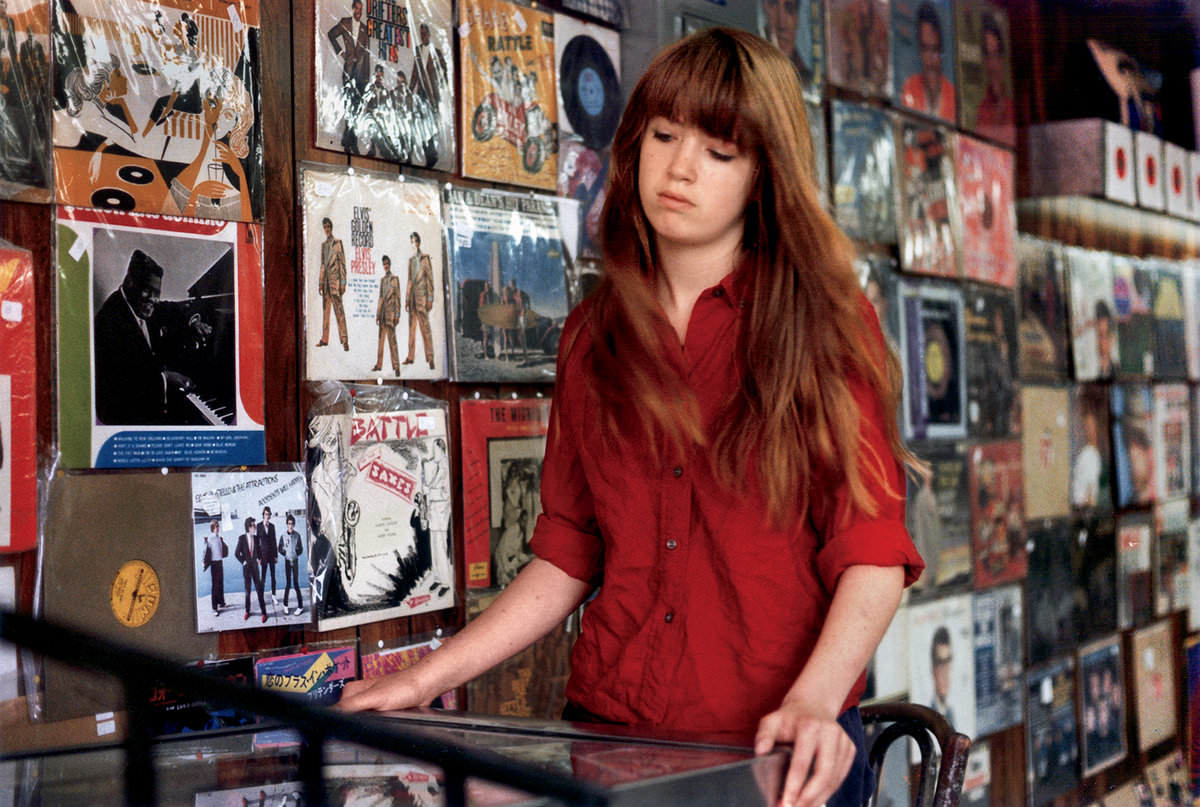
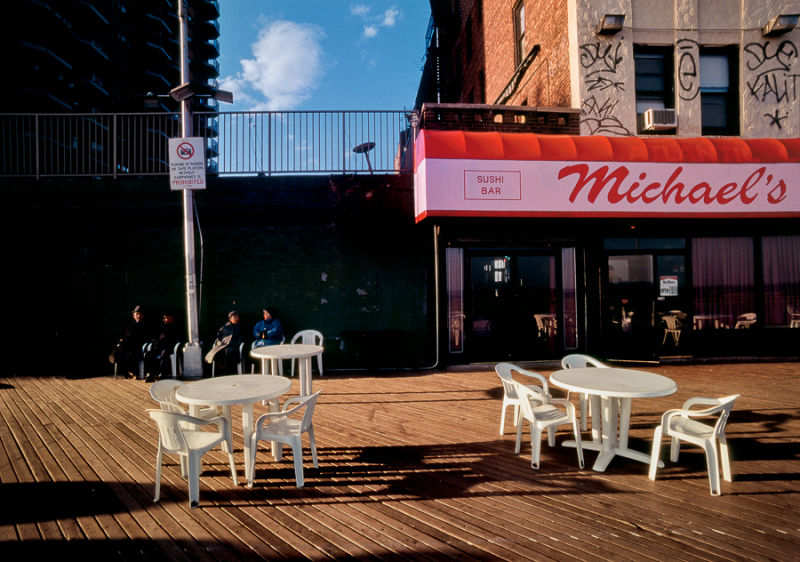
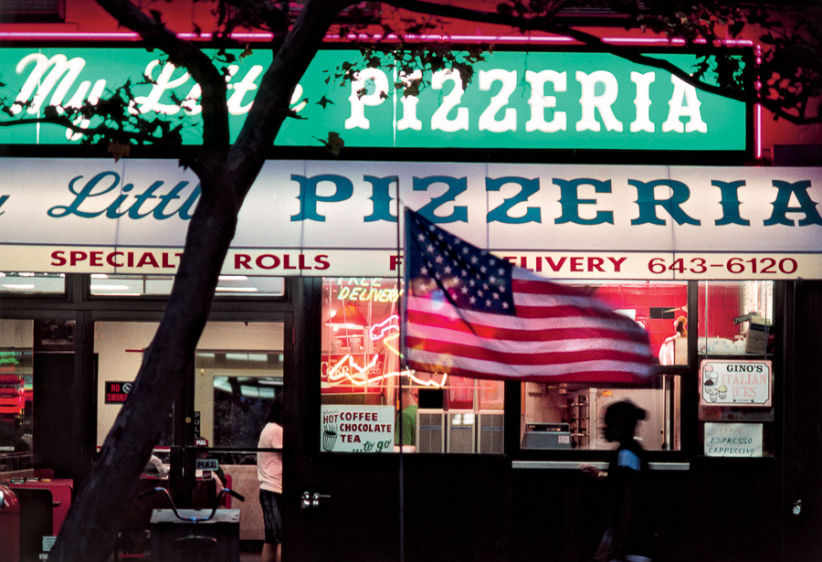
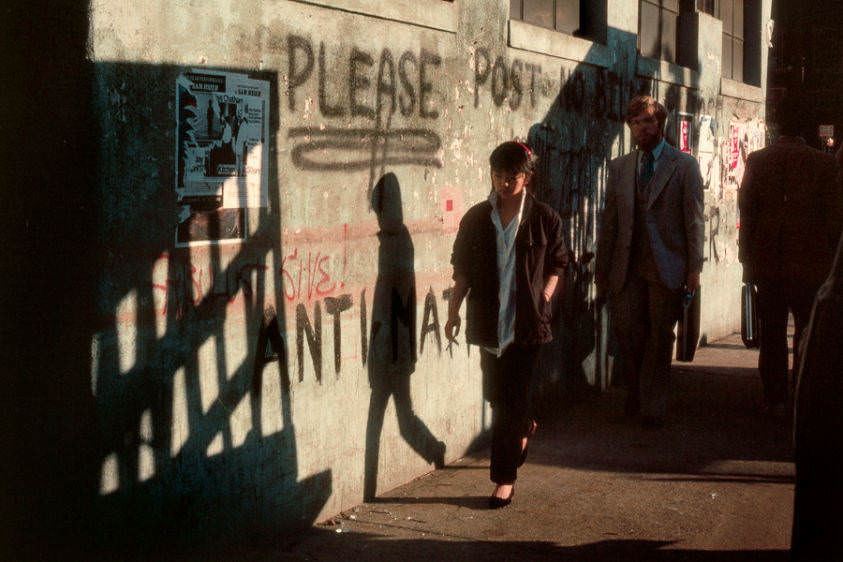
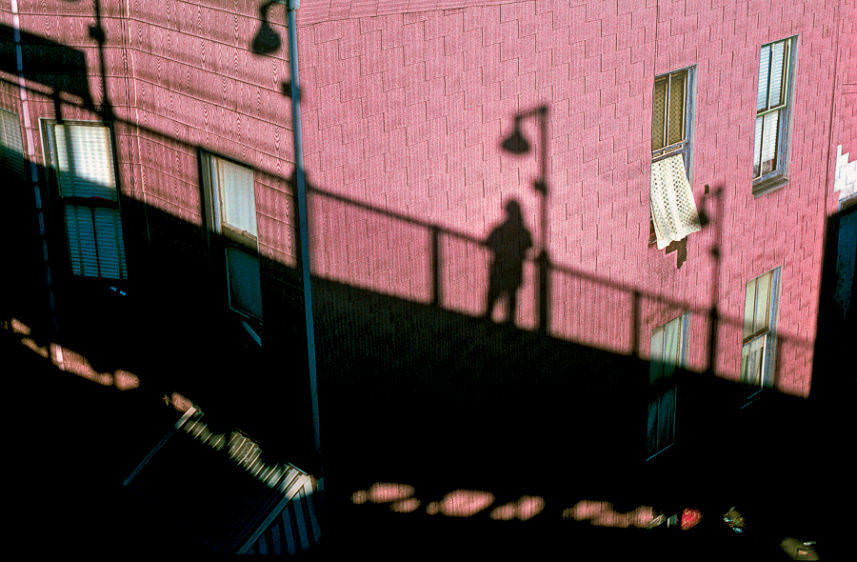
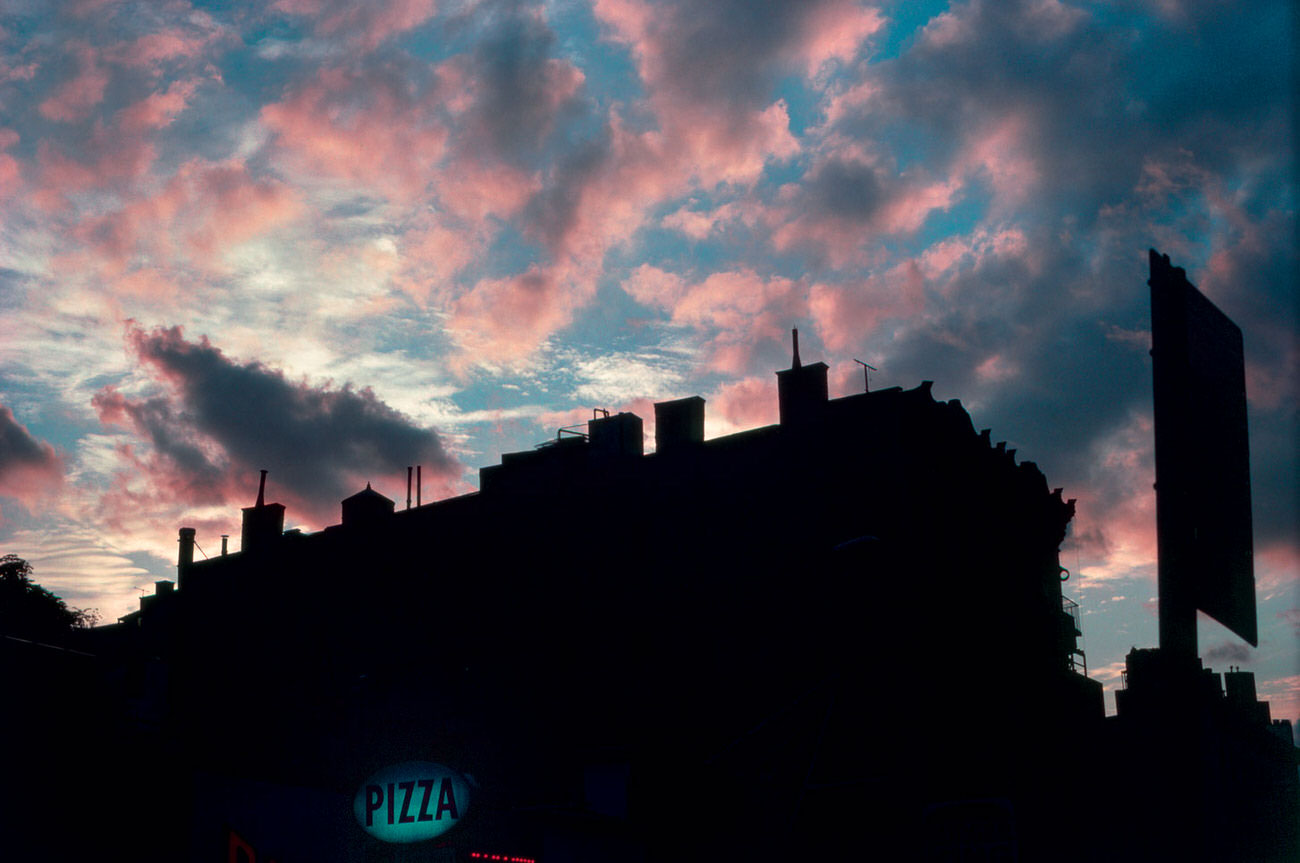
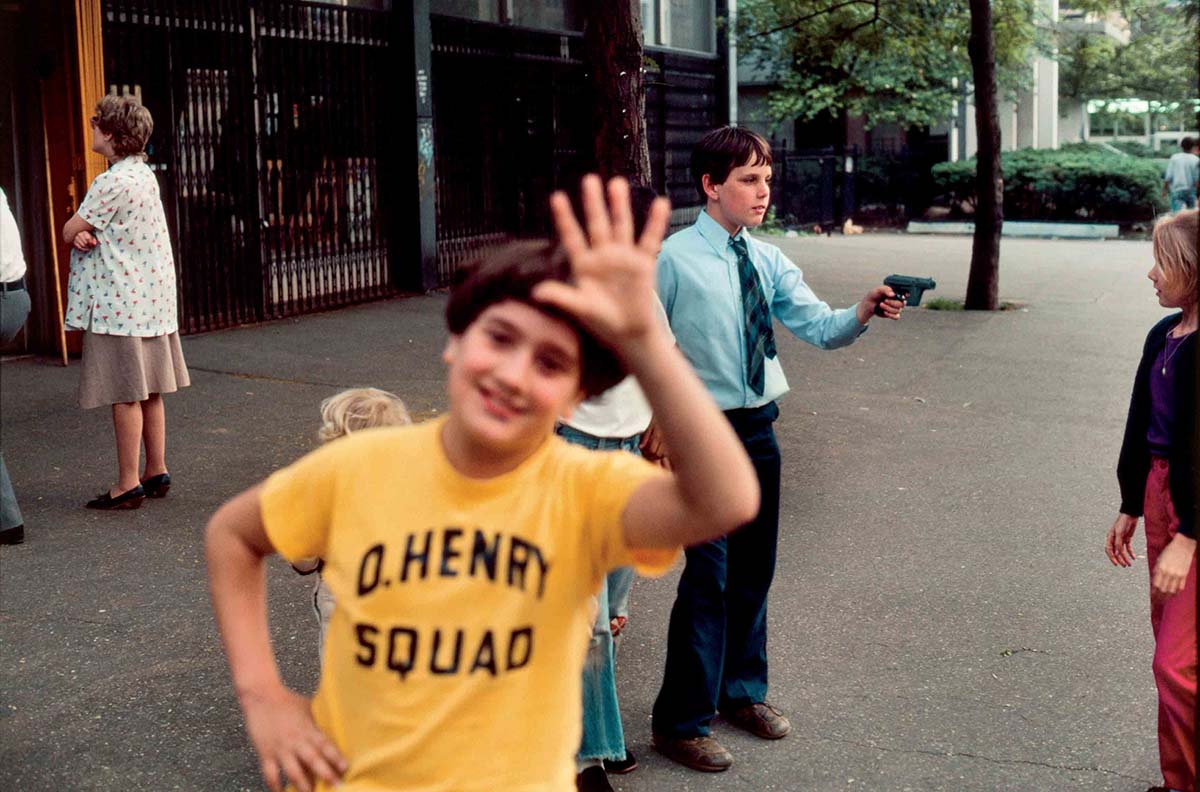

GIPHY App Key not set. Please check settings